6 Steps To Build A Professional Ecommerce Website







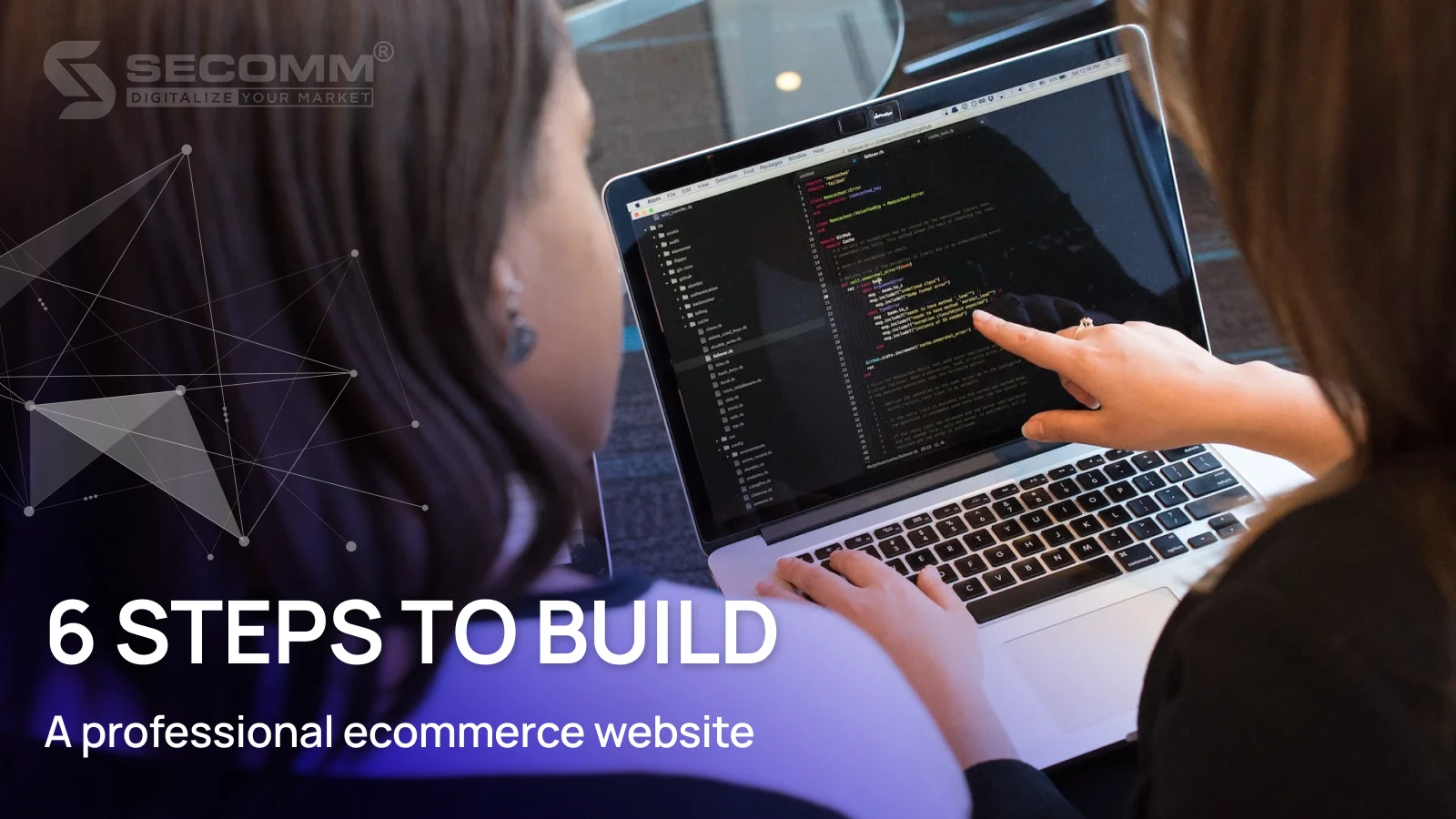
Trends in consumer shopping are shifting from offline to online, especially among the younger generation—an important factor impacting the new economy. Building an ecommerce website is crucial for the success of ecommerce businesses in today’s digital economy. So, what should businesses do to build a professional ecommerce website?
1. Define the goals of the ecommerce website
Objectives:
Businesses need to determine the purpose of the website and the priority of each goal to plan the development of the website according to each stage:
- Increase revenue: Add a sales channel to boost sales activities.
- Brand positioning: Build a brand to establish a strong presence in the ecommerce market.
- Marketing support for the business: Use tools like Google Analytics and Facebook Pixel to analyse customer behaviour, build a suitable Ecommerce Marketing strategy, reach more potential customers, and increase conversion.
- Enhance user experience and interaction: Support payment services and backend services to increase interaction, support, and provide customer advice more efficiently.
Requirements:
The ecommerce website needs to have a powerful configuration, a professional interface, and a diverse system of functions to meet the growing needs of customers. When designing the website, businesses should pay attention to:
- Website performance needs to ensure page load speed, large storage capacity, and compatibility with all devices.
- The interface is considered the face of the brand when customers visit the website. To create a good impression and keep them engaged, the interface must meet basic criteria:
- Professional and brand-image-conveying interface.
- Scientifically designed structure, compatible with customer behaviour.
Example: The structure of some common pages of an effective e-commerce website:
- Home page: Program banners and product or service categories.
- Product category page: General description of the category and products in the category.
- Product detail page: Description of product attributes, images/videos, prices, promotions, inventory information, customer reviews, and suggestions for similar products.
- Account registration page: Request basic information (Name, Email, Phone, Gender).
- Account management page: Personal information, password changes, order status.
- Shopping cart page: Avatar, product name, quantity, price, discount code.
- Checkout page: Order information, payment, shipping, invoice generation.
- Contact page: Hotline, email, business branches, contact form.
To maximize the customer experience, the ecommerce website needs to integrate features that support personalized customer experiences, aligning with their shopping behavior.
Example: Some common features:
- Product category management: Unlimited product quantity, multi-level category navigation, custom filters, and extensions supporting SEO indexing.
- Sales management: Order control, payment, shipping, staff responsible for handling.
- Customer management: Update customer information, register/log in through social media accounts such as Facebook/Google.
- Marketing management: Set up supporting tools like Google Analytics, Google Tag Manager, Google AdWords.
- Content management: Integrate SEO tools, customize menu layouts, CMS content.
- Inventory management: Use management tools to process orders, inventory management, and distribution systems.
- Reporting and Analysis: Analyze sales activities to assess customer insights, forecast business results, and propose business strategies.
2. Determine the time and budget for implementation
Depending on the goals and complexity of the e-commerce website, determine the time and budget. To accurately determine the time and budget, businesses should seek advice from experienced and professional units.
3. Choose an ecommerce website development platform
Each platform has its advantages and disadvantages. Businesses need to consider choosing a website development platform that is suitable for their e-commerce business strategy. Some popular platforms include:
- Pros: Open-source platform specialized for e-commerce, versatile, highly customizable.
- Cons: High development costs, requires expertise and experience during implementation.
Suitable for businesses investing in the long term, saving budgets in the long run.
- Pros: Easy to use, many ready-made interfaces and widgets, 24/7 support.
- Cons: High costs (ongoing high cost), unstable website speed.
Suitable for building simple and less customized e-commerce websites.
- Pros: Simple, easy to use for businesses, many templates.
- Cons: Limited features, poor security, suitable for building e-commerce websites for new brands entering the e-commerce market with limited budgets.
- Pros: Supports payment features and integrates various marketing tools.
- Cons: Limited annual revenue. Standard package: $29.95/month, revenue limit: $50,000/year.
Suitable for building e-commerce websites for new businesses with relatively low revenue.
- Pros: Simple, easy to use, many templates.
- Cons: Cannot be edited for a unique style, suitable for building e-commerce websites for new businesses and small-scale enterprises.
4. Purchase Domain & Hosting
Criteria for choosing a domain name:
Short and easy to remember
Criteria for selecting a hosting provider:
Configuration considerations: Disk space, bandwidth, parked domains, CPU, RAM, FTP accounts, MySQL accounts, dedicated IP, etc.
Support services: Data backup, 24/7 live chat support, and ticket submission for issue resolution.
5. Choose an ecommerce website design unit
When building an e-commerce website, businesses need to collaborate with units based on certain criteria:
- Deep experience in e-commerce: Number of years of experience, quantity, and quality (type of projects, complexity, etc.) of completed projects.
- Professional team: Solution consulting staff, IT staff, customer service staff.
- Clear process from business analysis, proposed solutions, development, testing, and maintenance.
- Available system.
- Efficient handling and support.
- Commitment to warranty and maintenance.
- Upgrade and maintenance services for the e-commerce website.
Some ecommerce website design units in Vietnam include:
- Magento: Secomm, SmartOSC, MoniGroup, Co-well Asia, etc.
- Shopify: Webico, Meowcart, Duyalex, etc.
- BigCommerce: Itexpress, Websolution, etc.
Purchase domain name and hosting
Criteria for choosing a domain name: Short, easy to remember.
Criteria for choosing hosting providers:
- Examine the configuration: Disk Space, Bandwidth, Parked Domain, CPU, RAM, FTP accounts, MySQL accounts, dedicated IP, etc.
- Support services: Data backup, 24/7 live chat support, submitting a ticket to resolve issues.
6. Develop the ecommerce website
Coordinate with the development unit to ensure a smooth development process. Businesses should regularly update the project progress according to the approved solution. Simultaneously, update changes and coordinate with the cooperating unit. During the User Acceptance Test (UAT), businesses should test according to a checklist to ensure that the website development process meets expectations.
During the development process, businesses also need to work with payment and shipping units to provide services for the ecommerce website. When signing contracts with payment units, attention should be paid to security, compatibility between the website platform and the payment platform, and service fees. Some common online payment gateways in Vietnam include Paypal, Ngan Luong, VNPay, Airpay, and e-wallets such as Momo, ZaloPay. When cooperating with shipping units, businesses should consider the quality of services, shipping staff, packaging, and storage of goods to avoid affecting the user experience






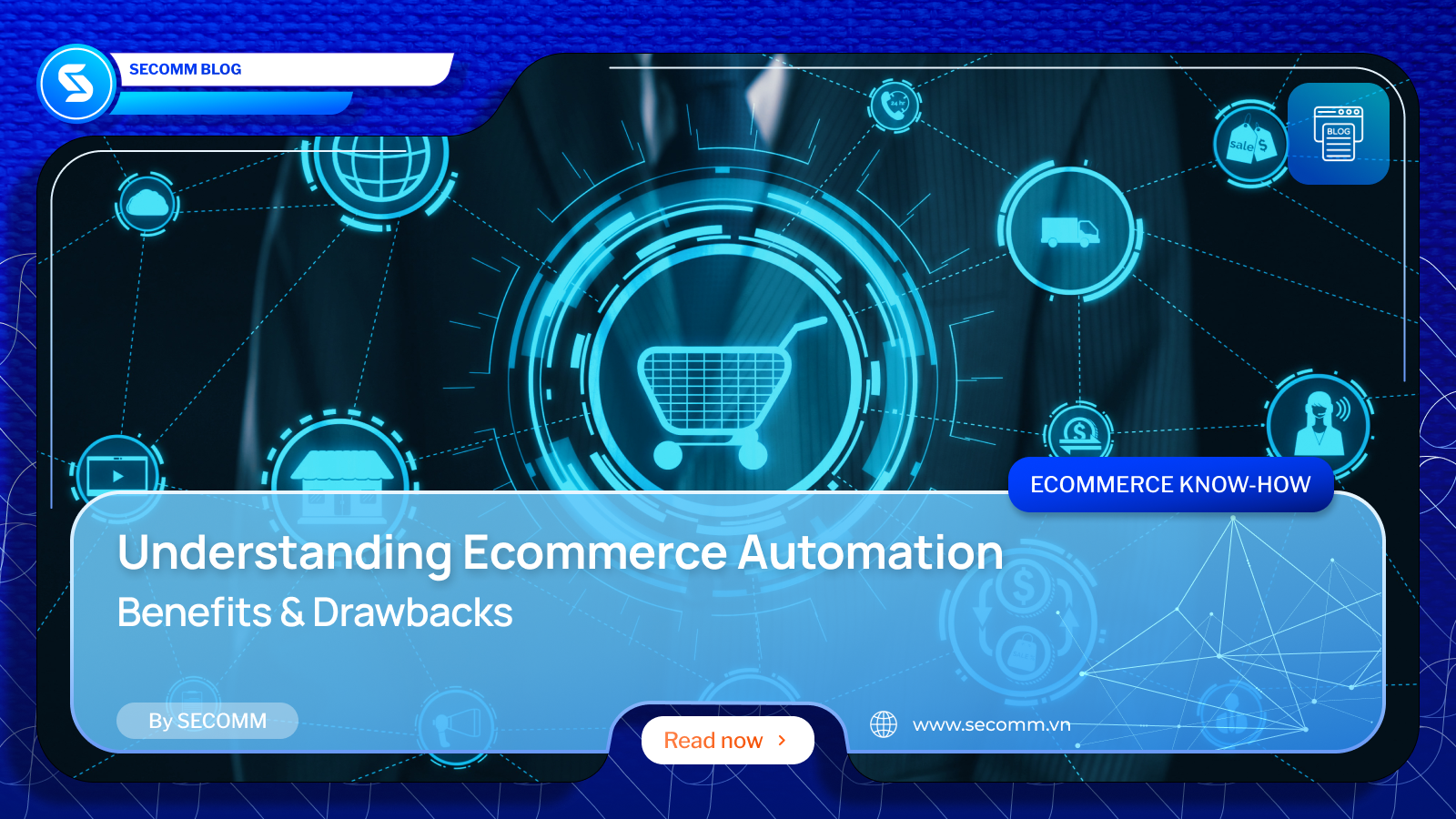
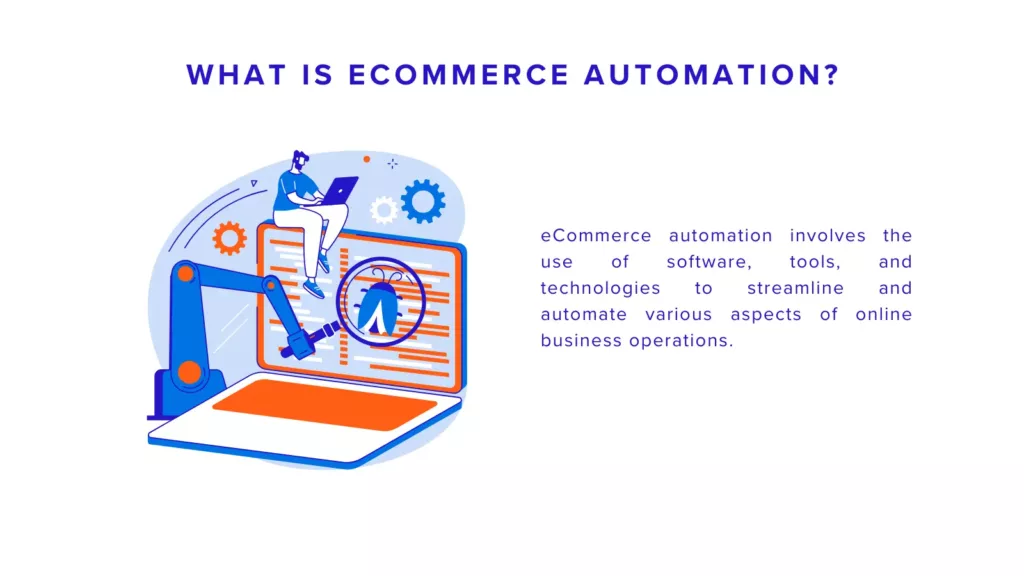
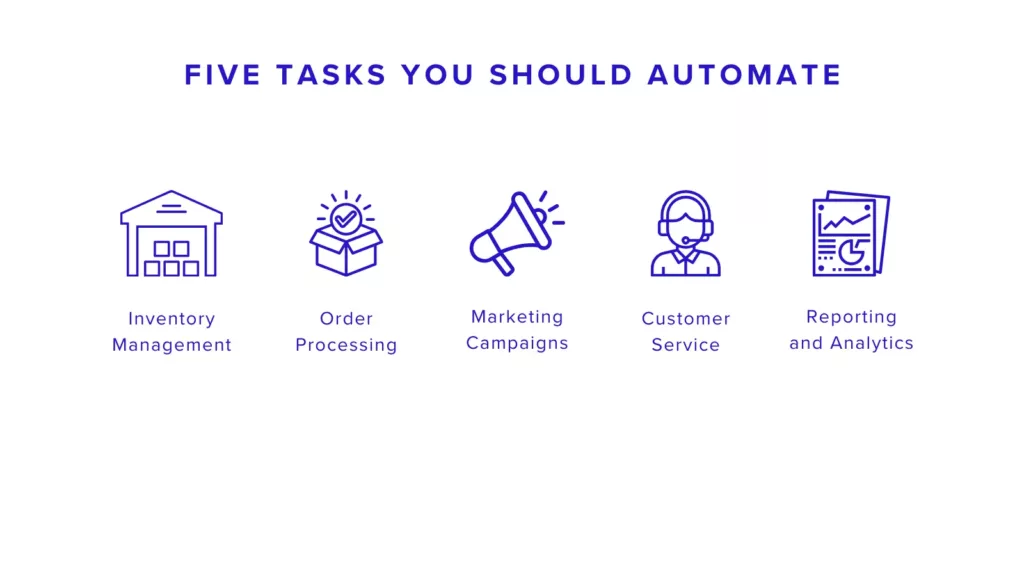
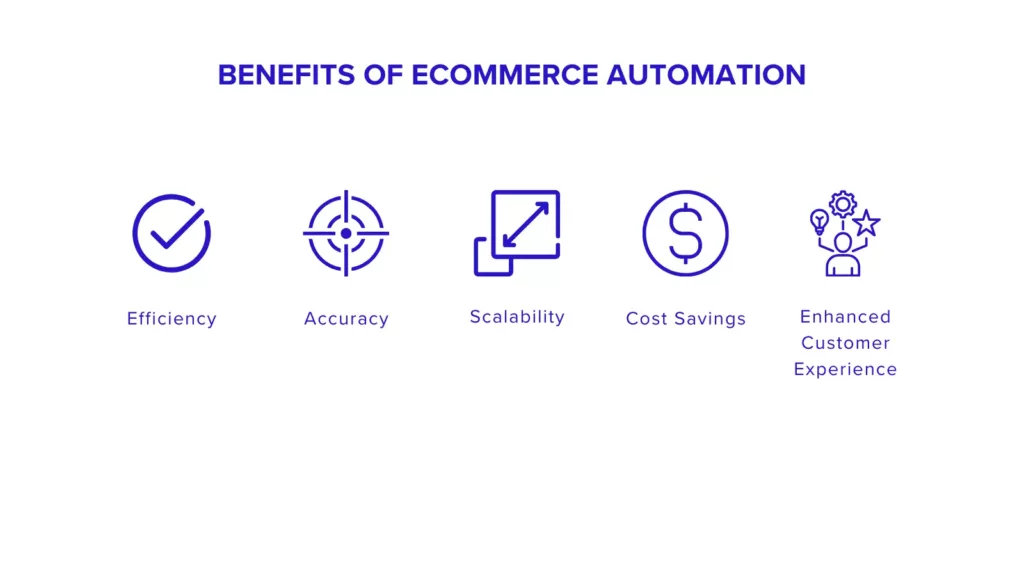
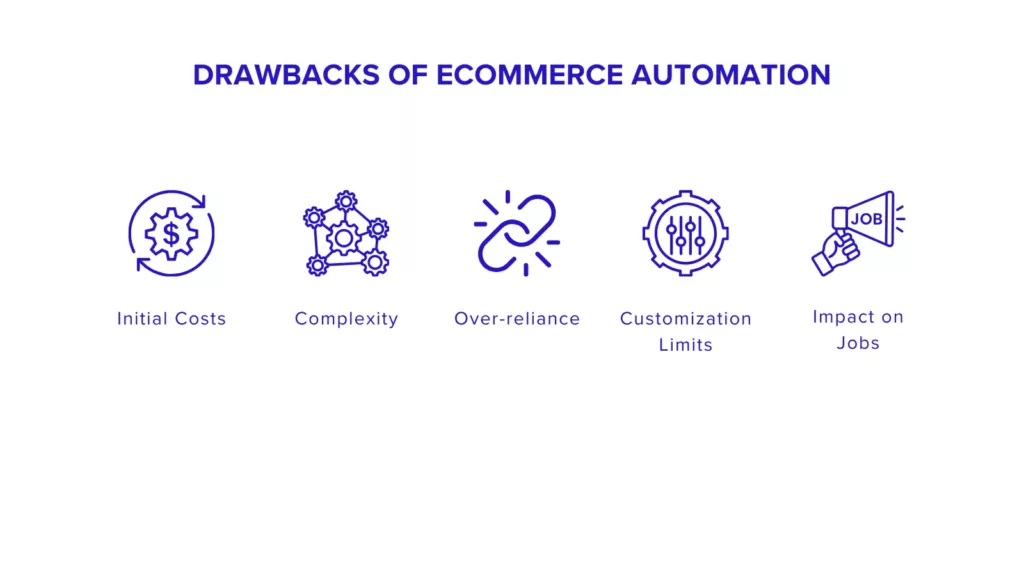
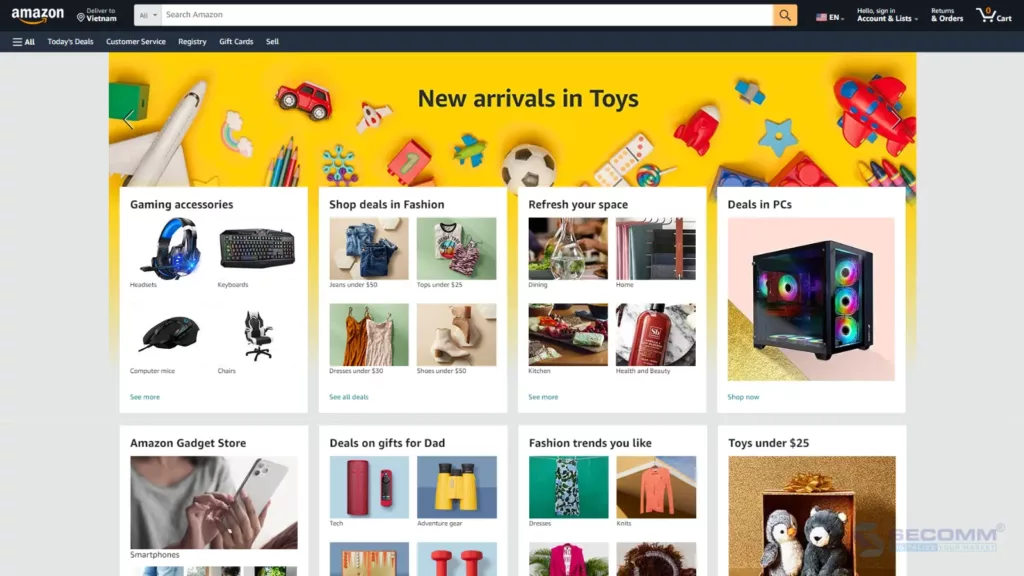
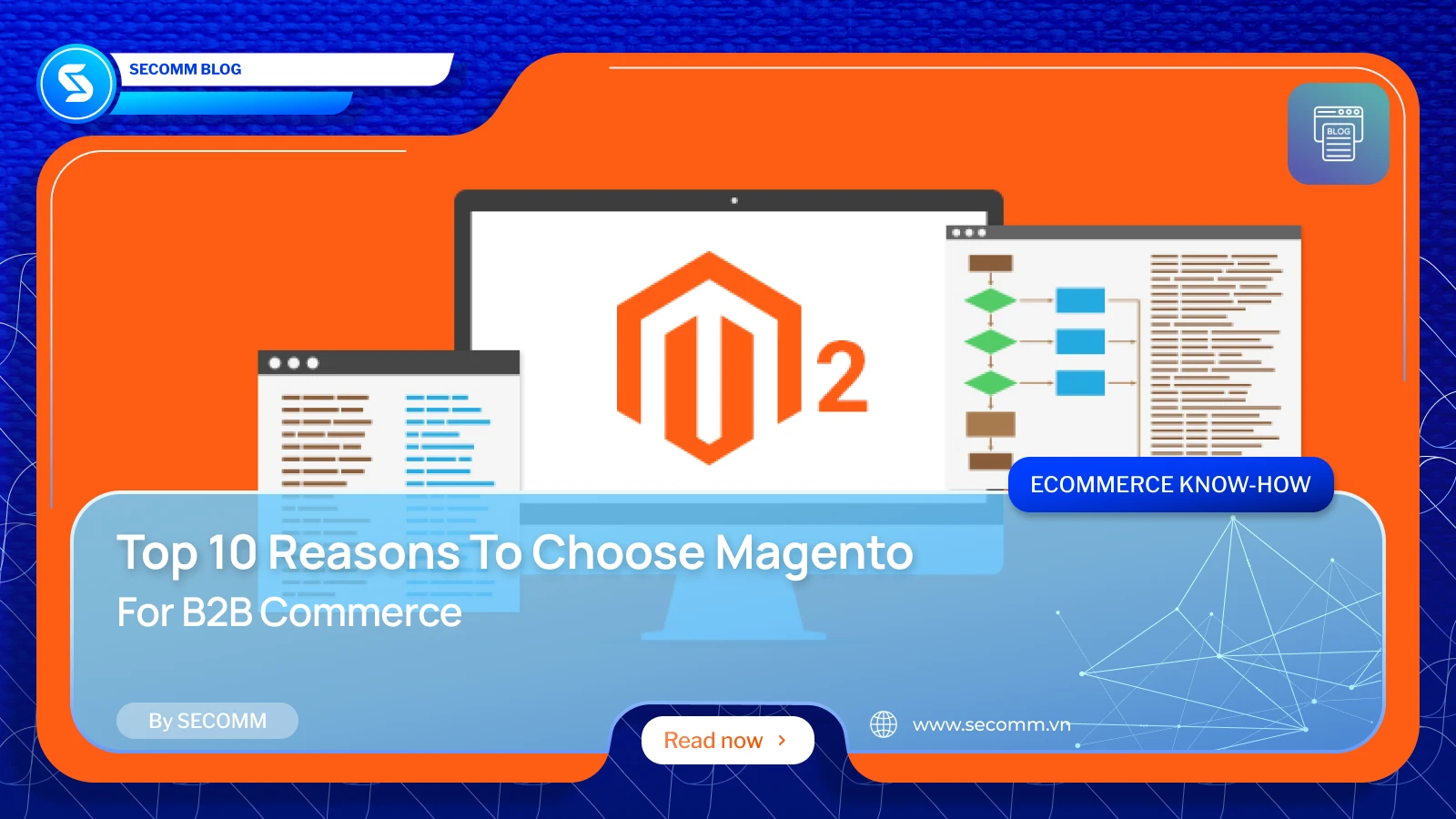
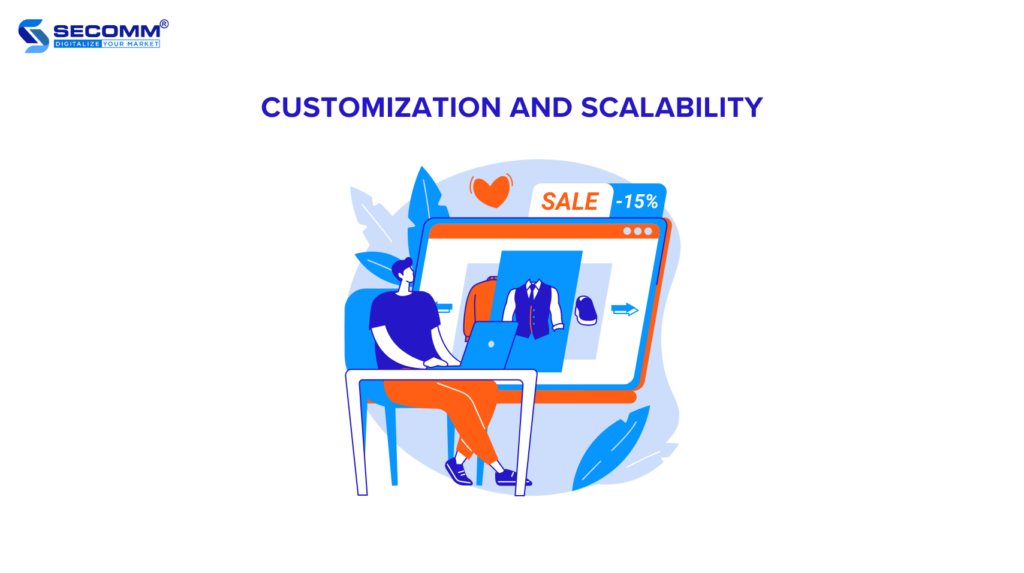
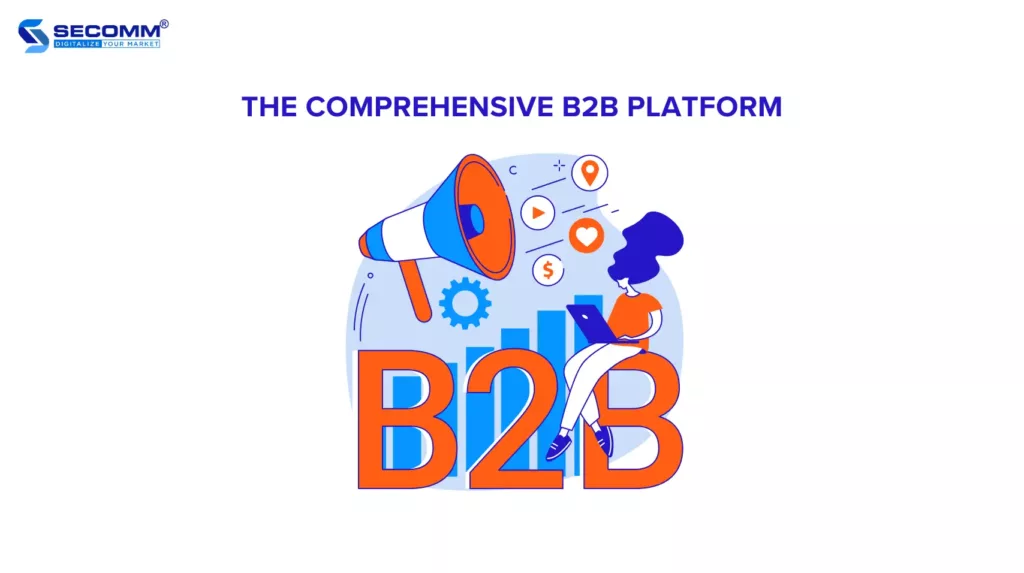
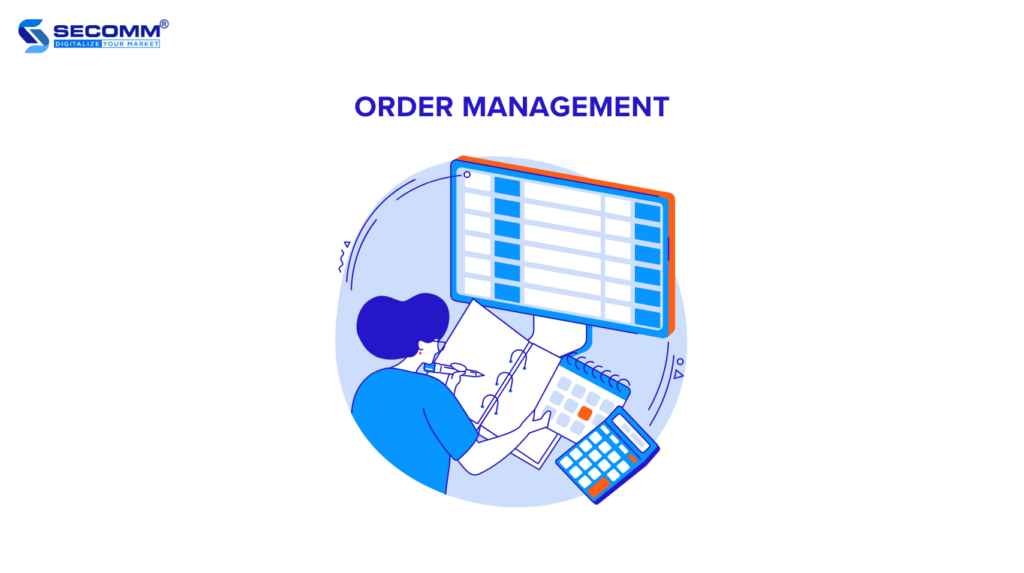
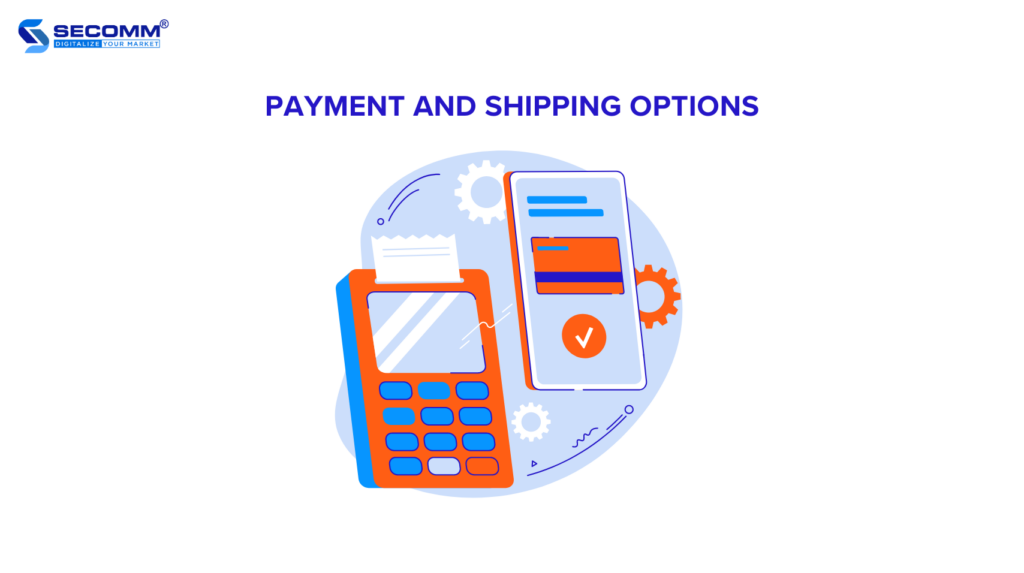
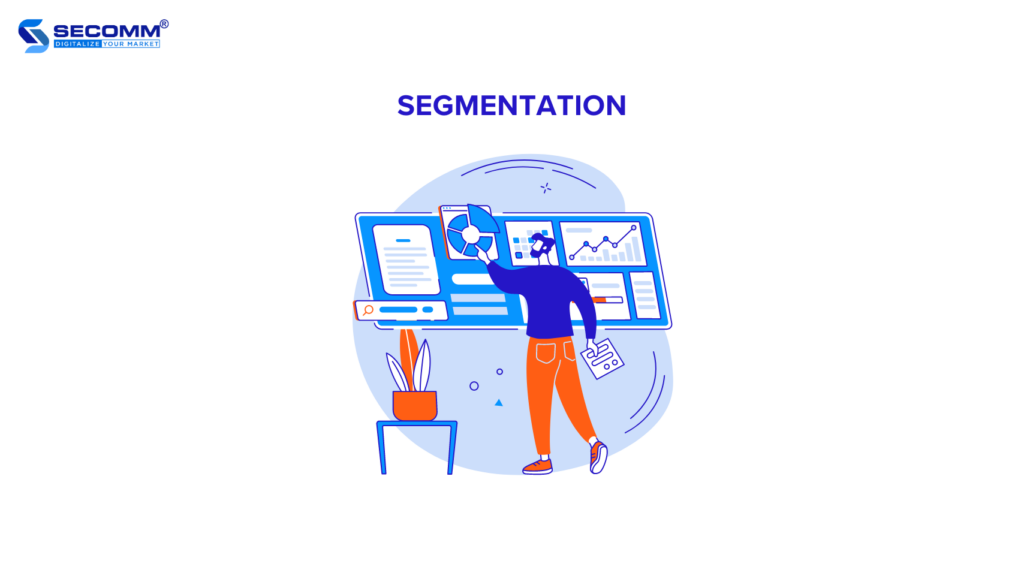
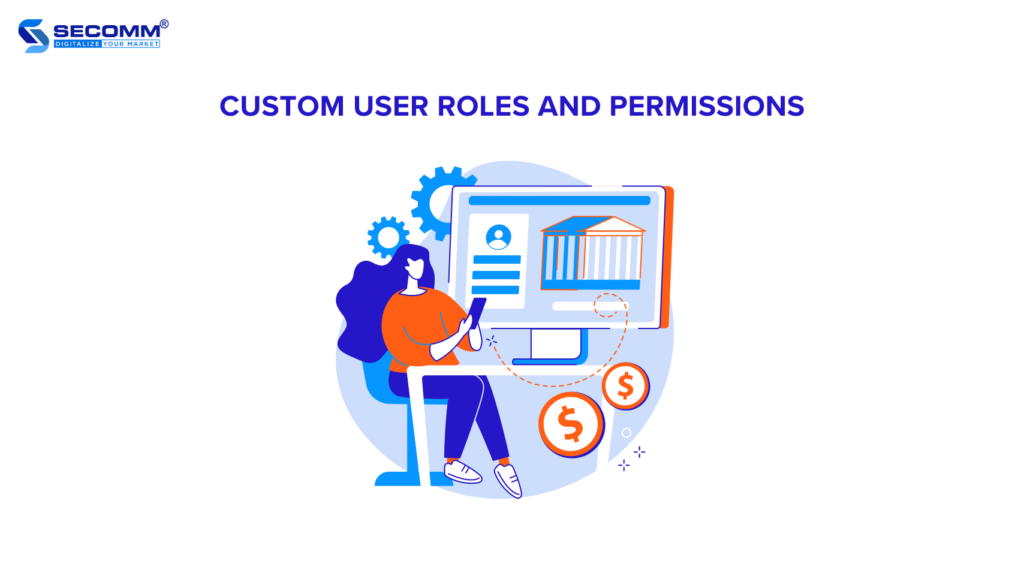
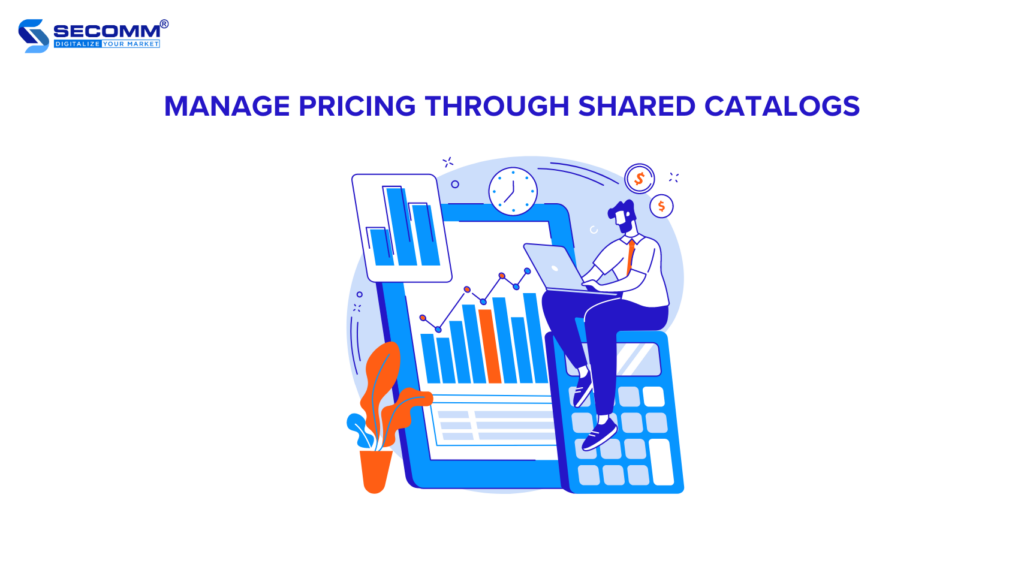
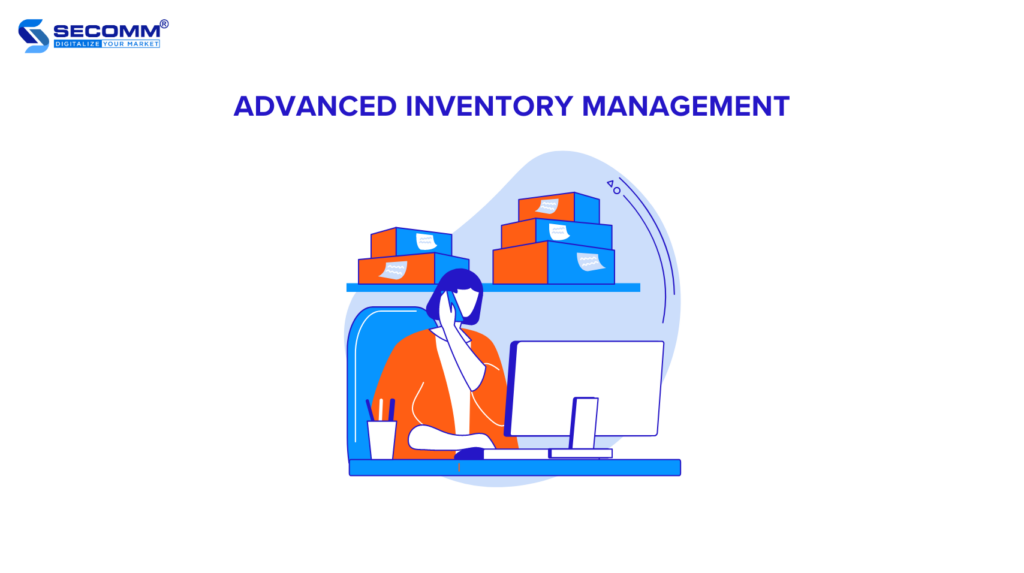
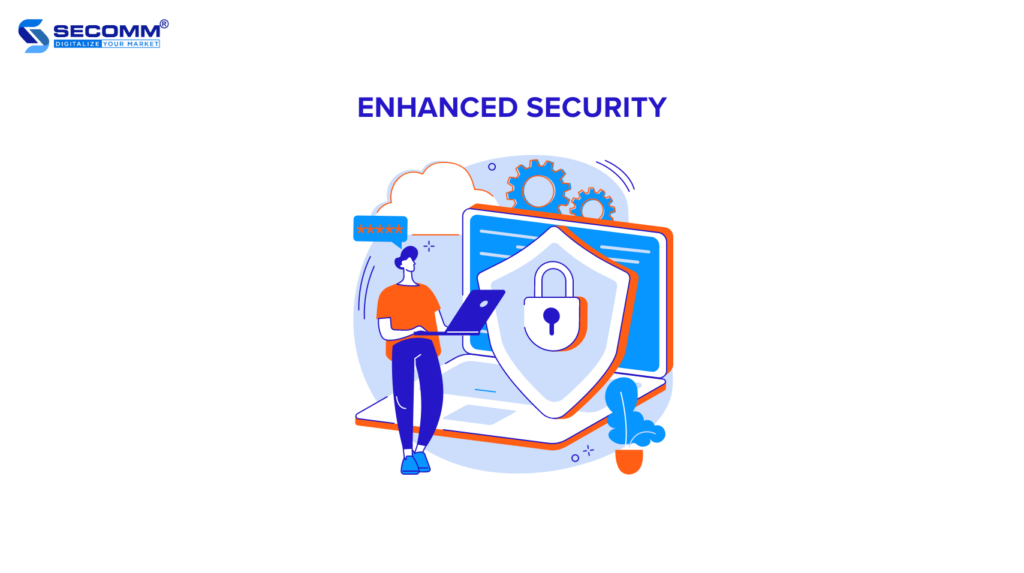
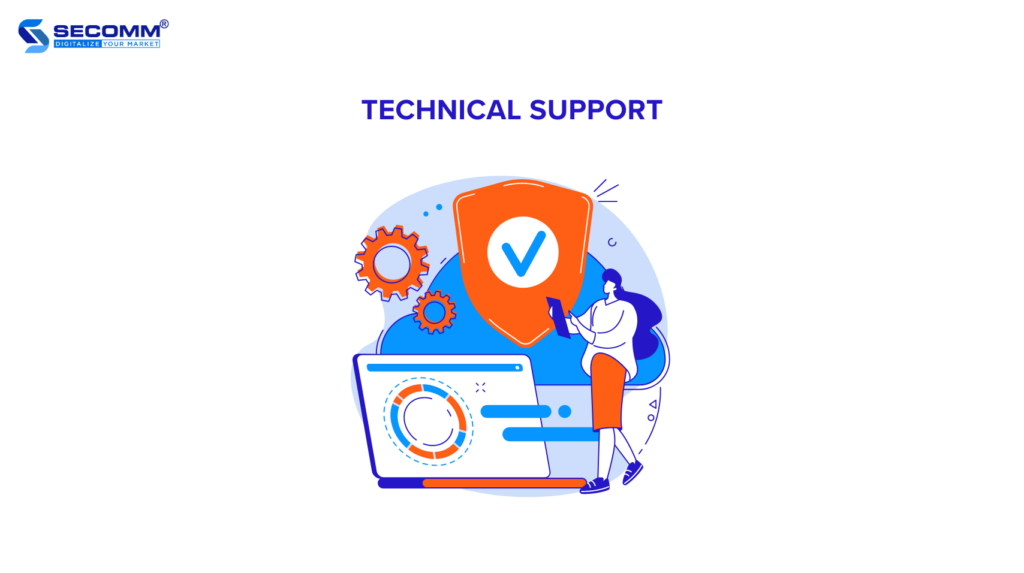
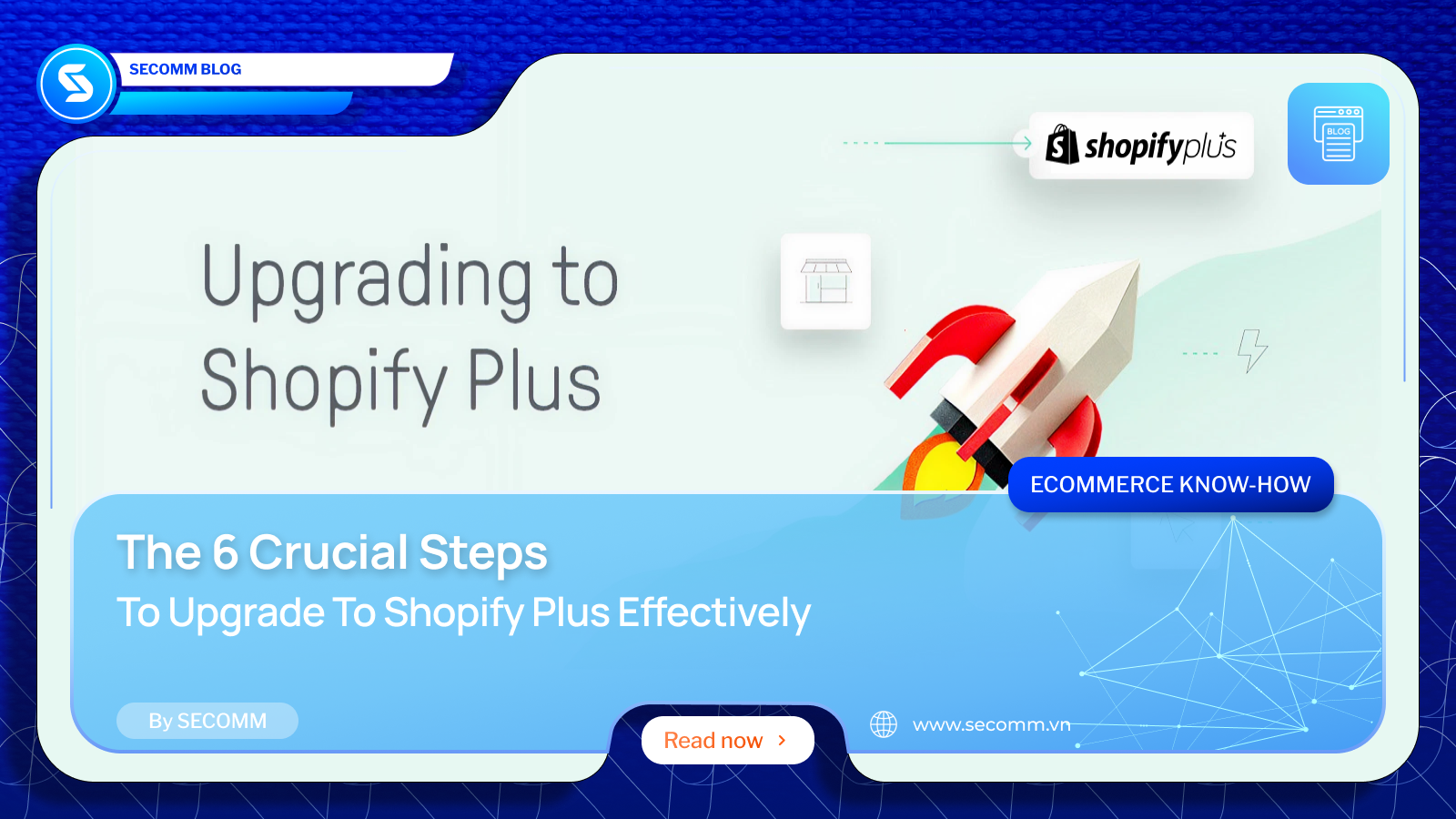
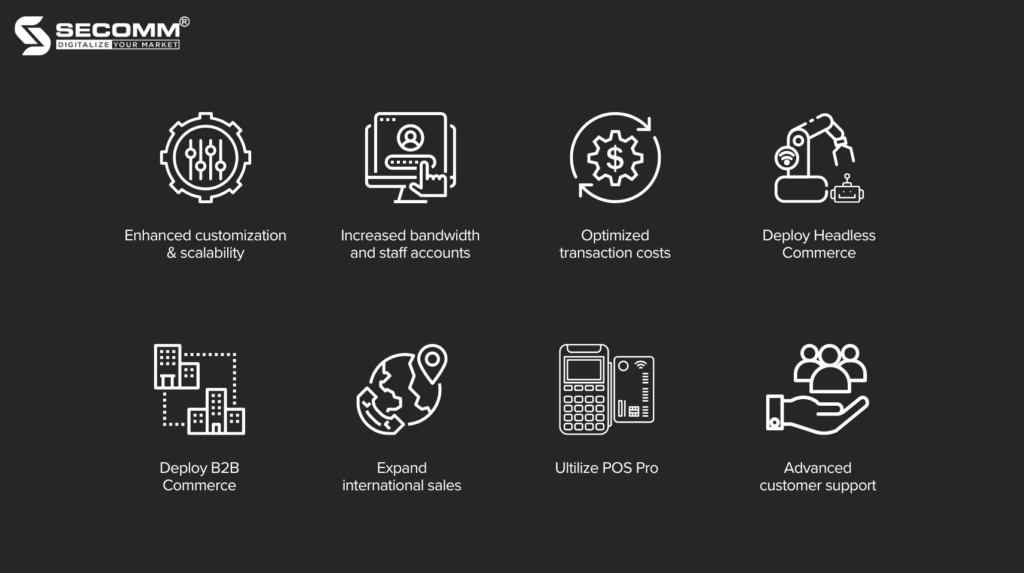
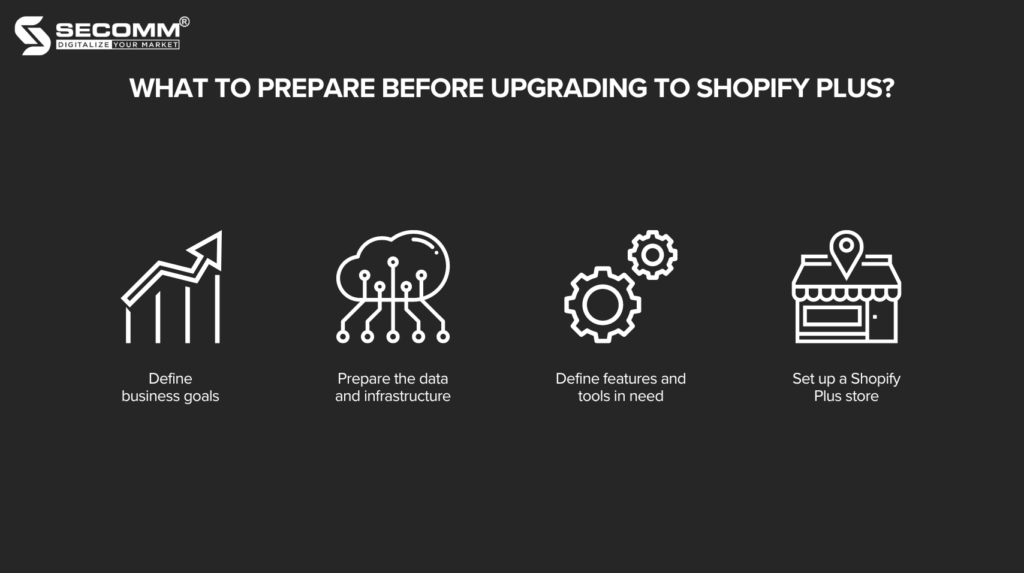
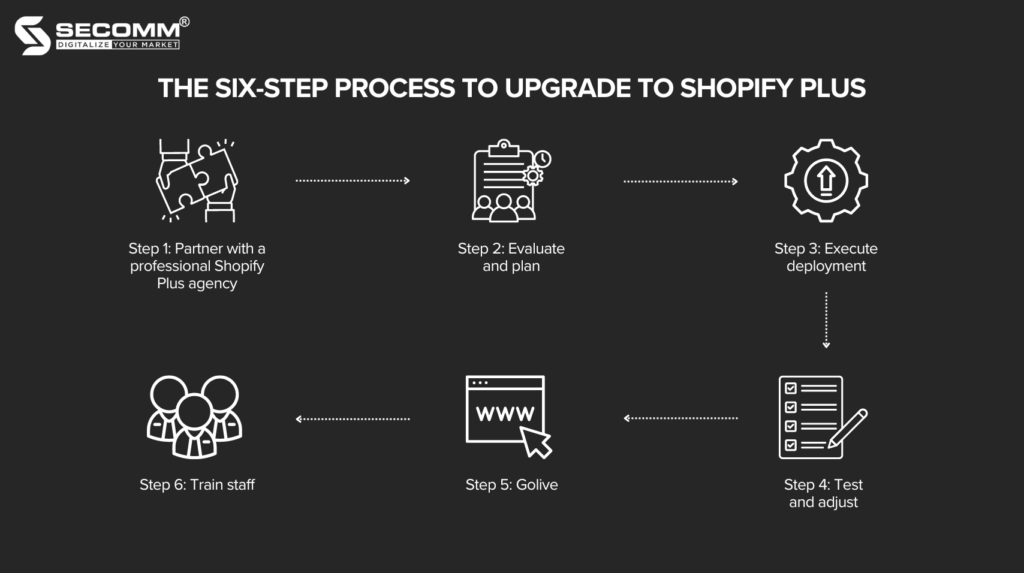
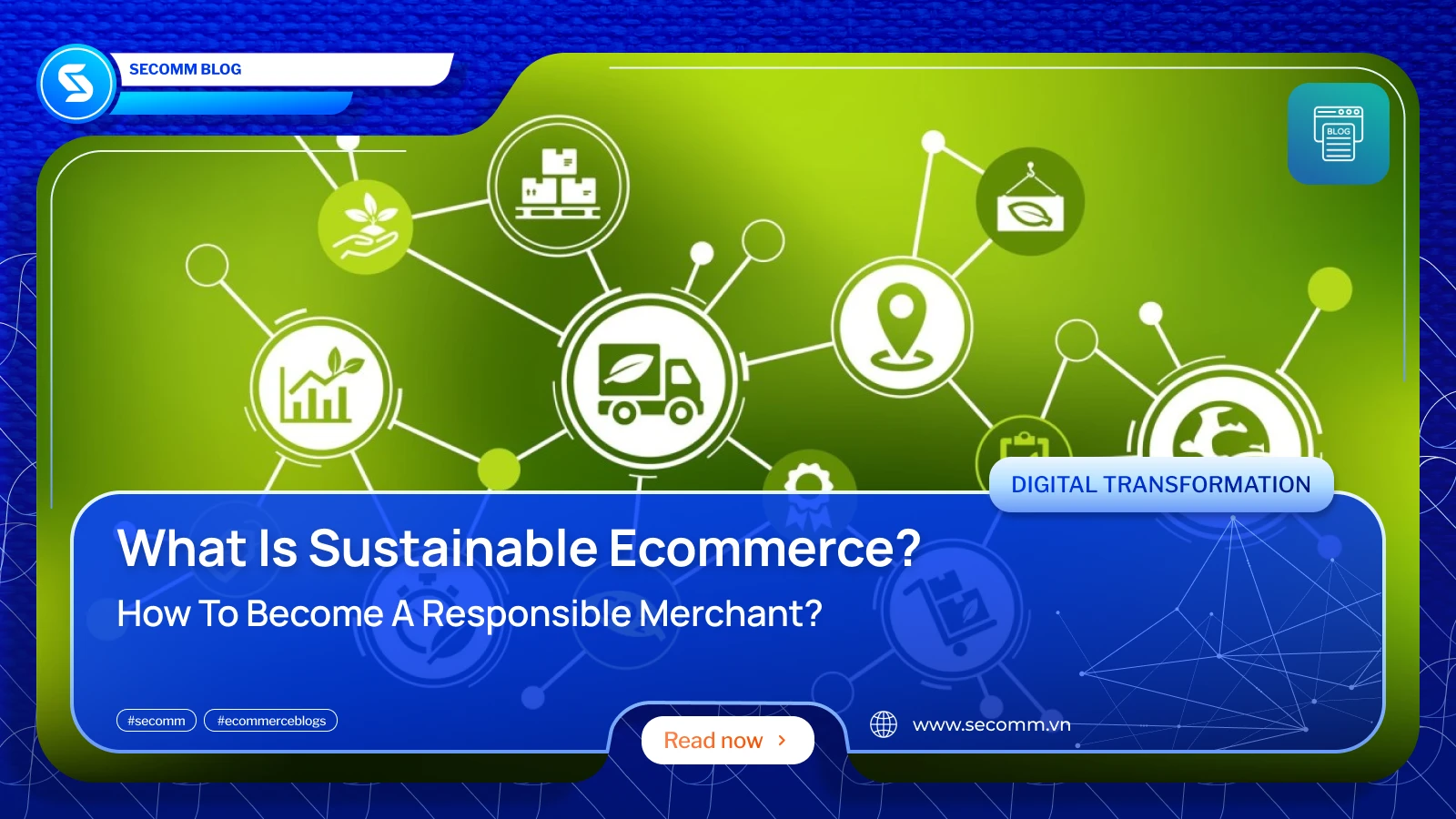
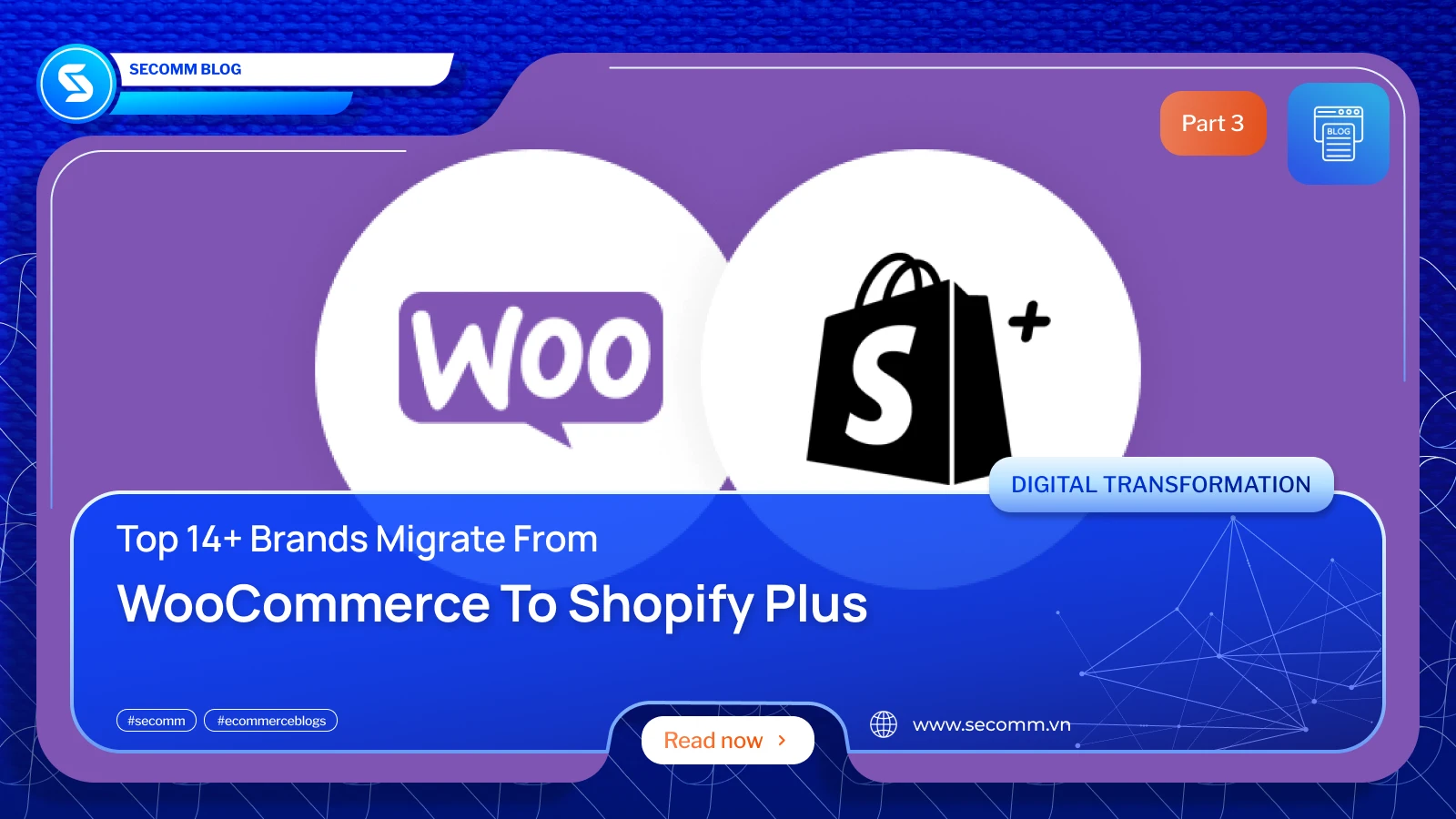
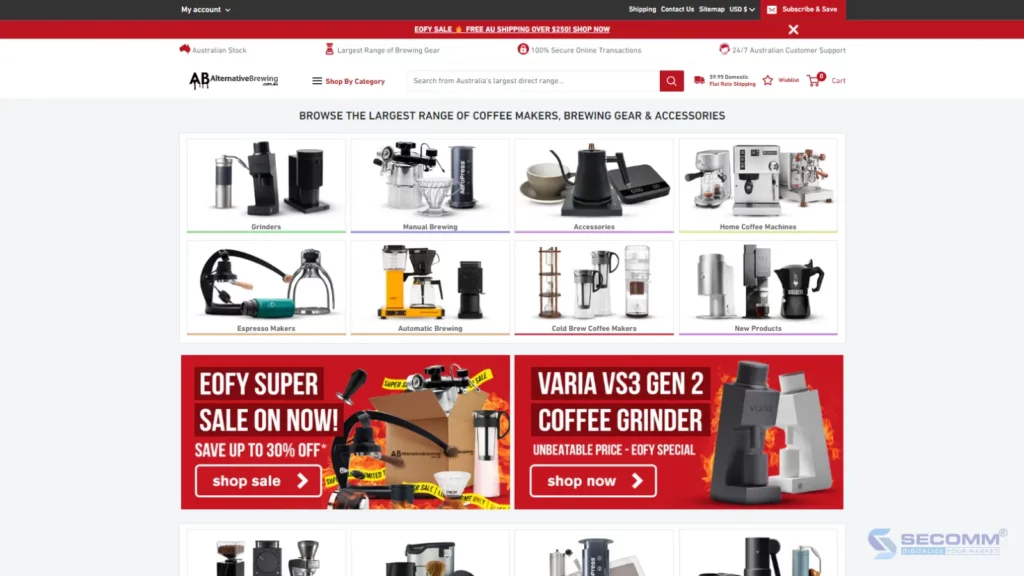



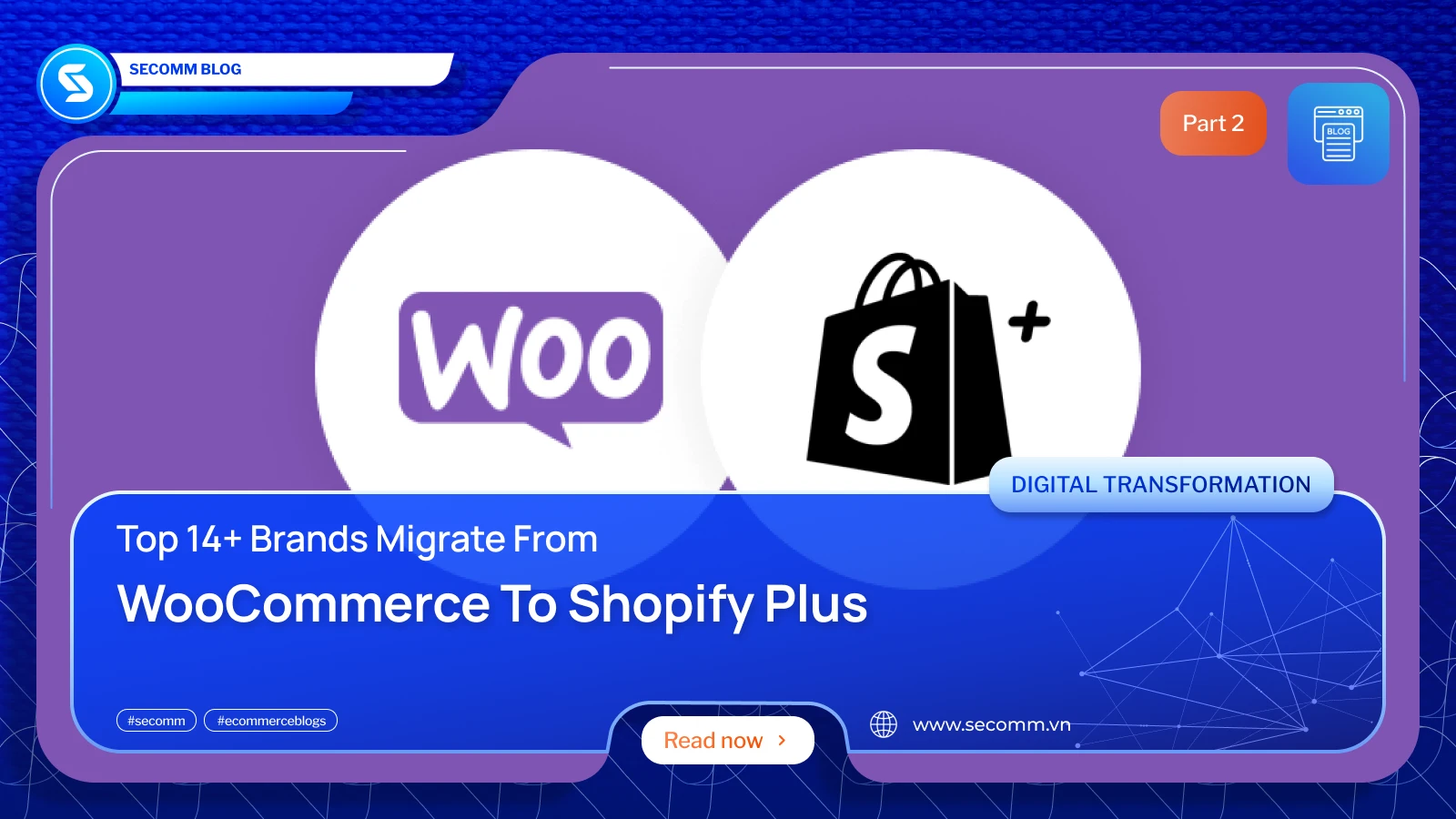
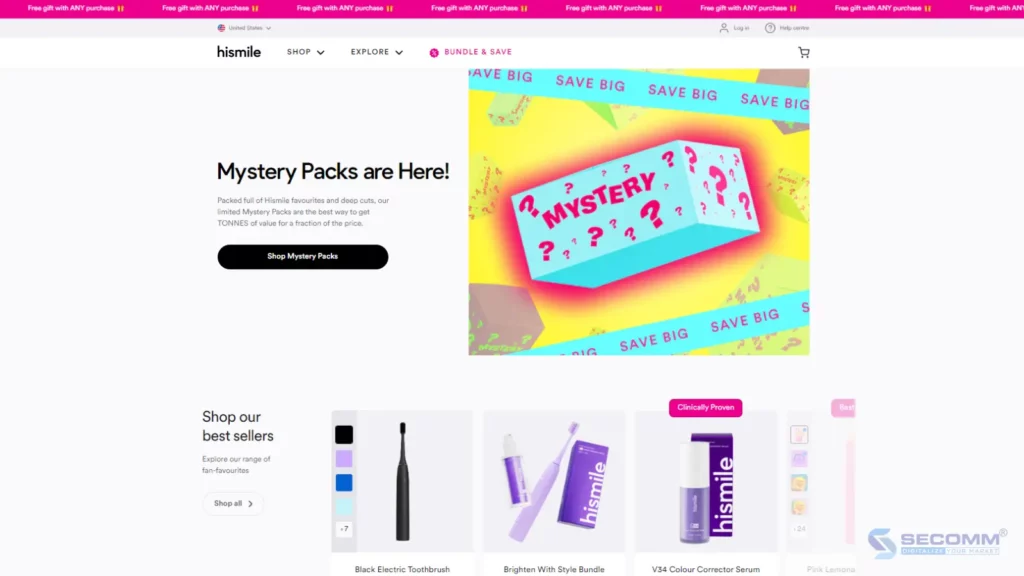
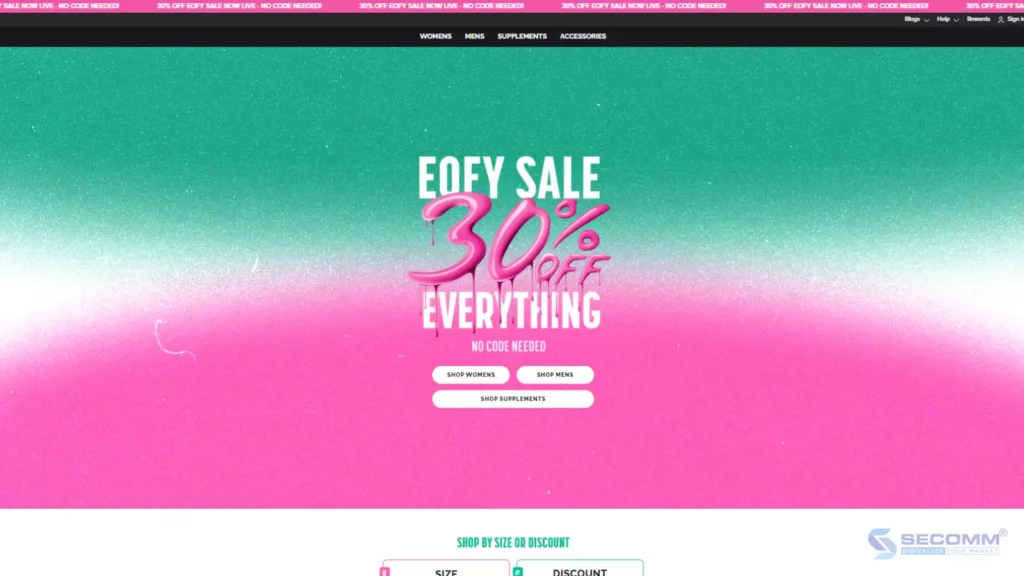



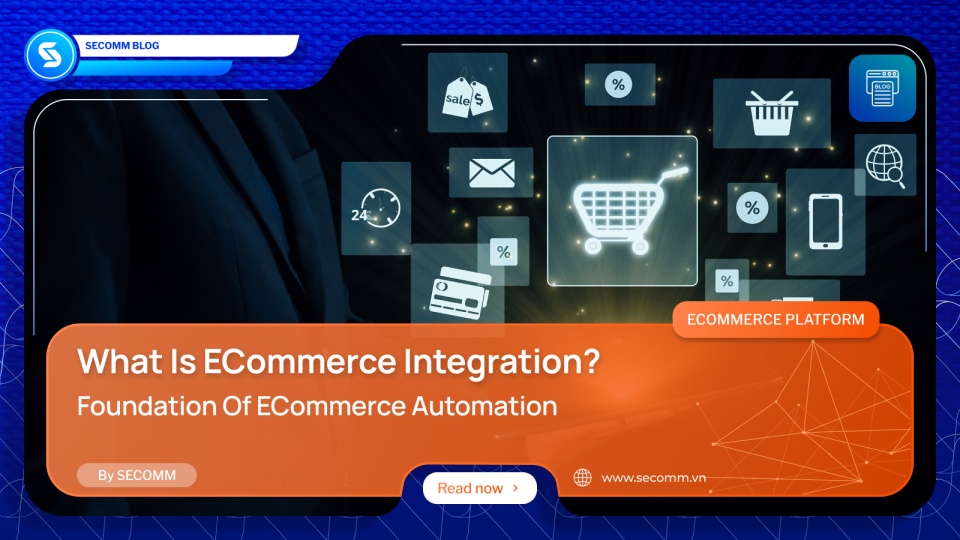
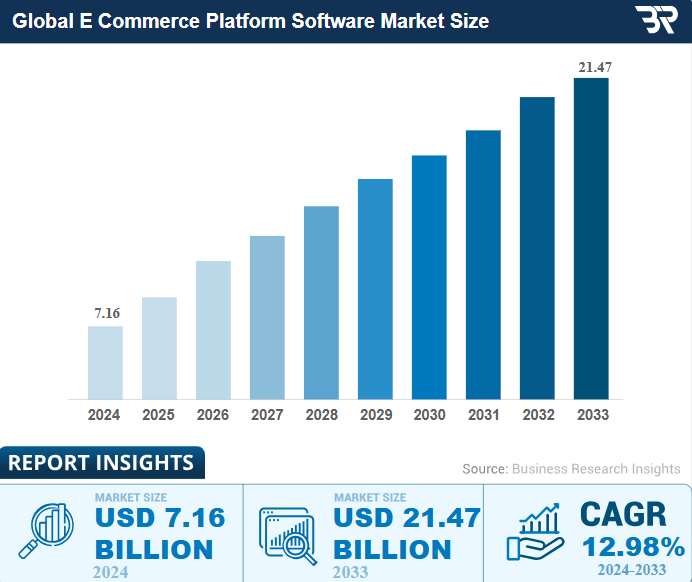

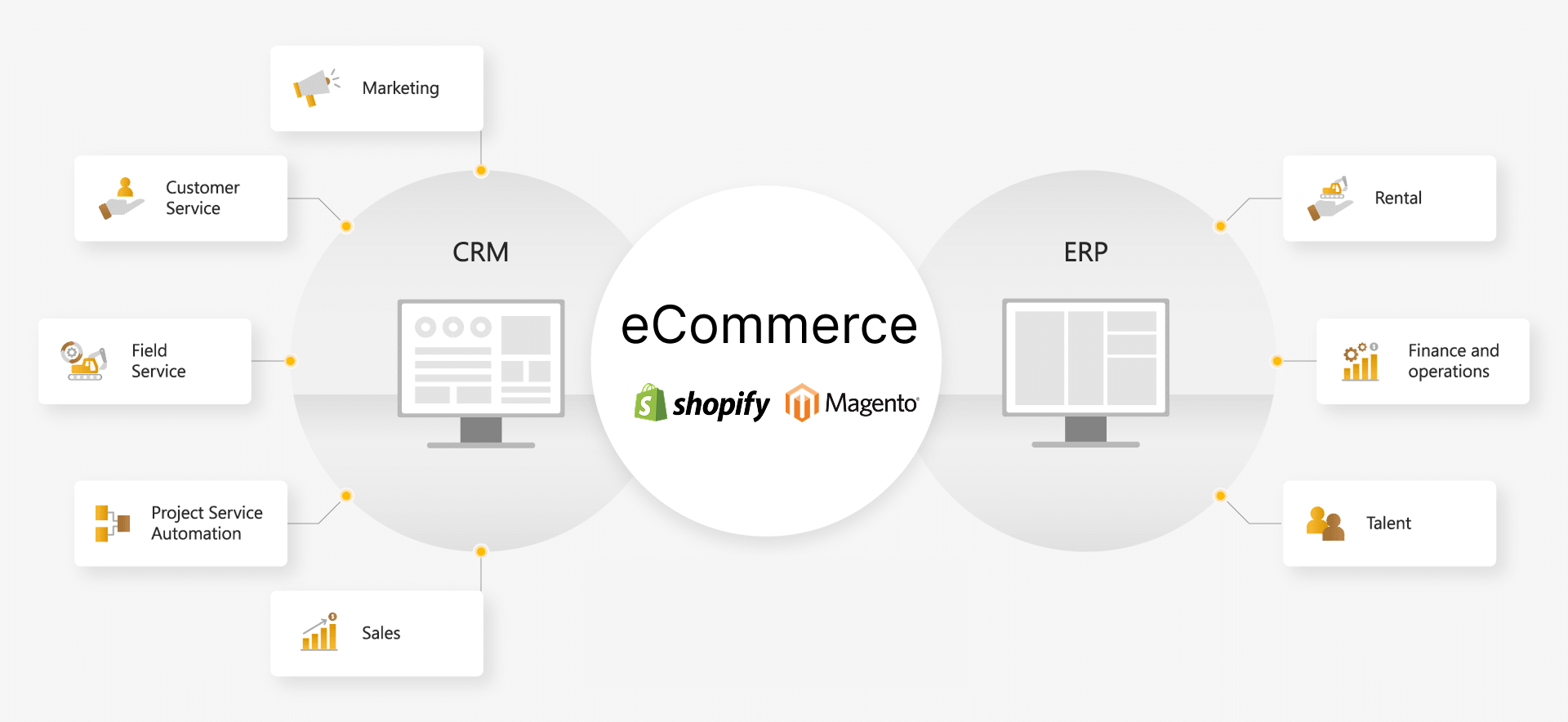
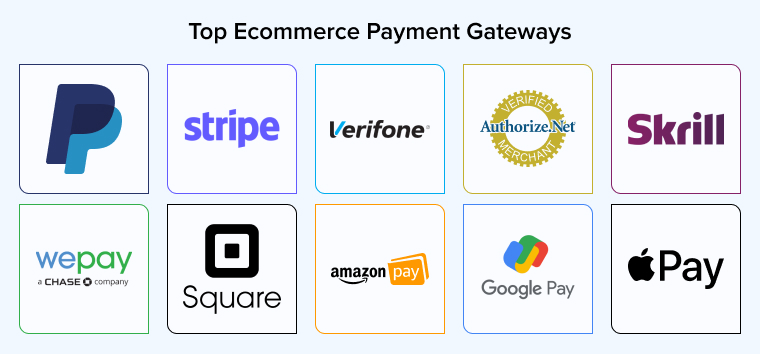
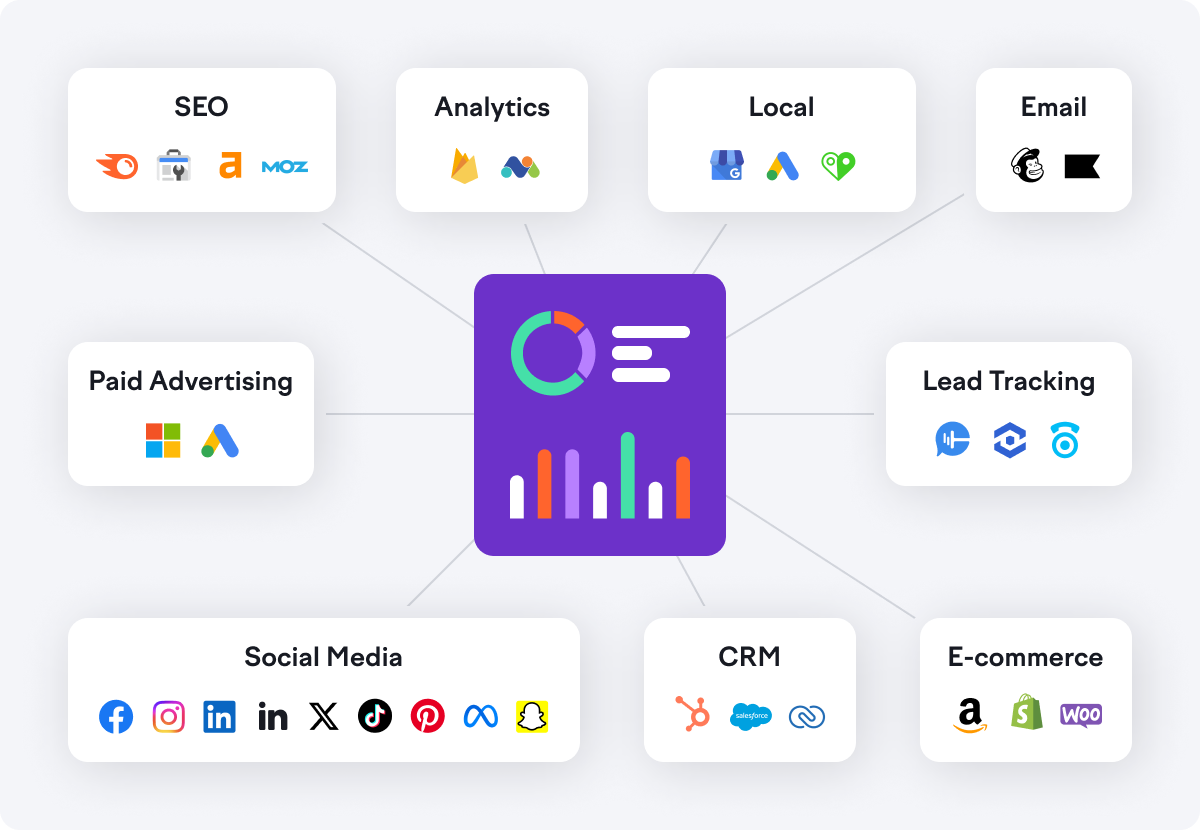






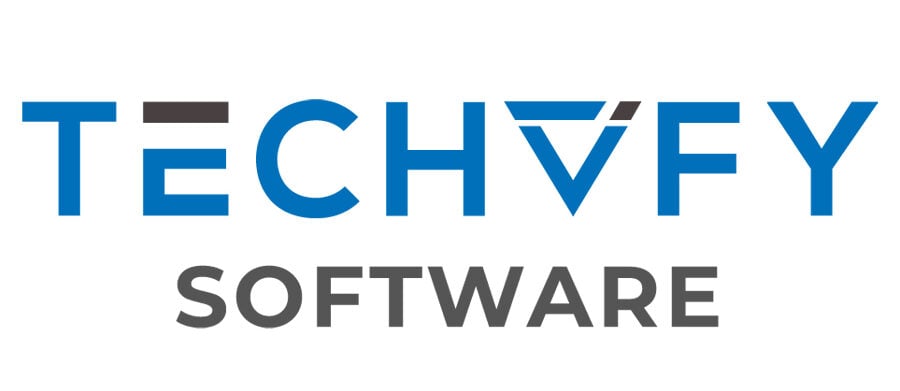





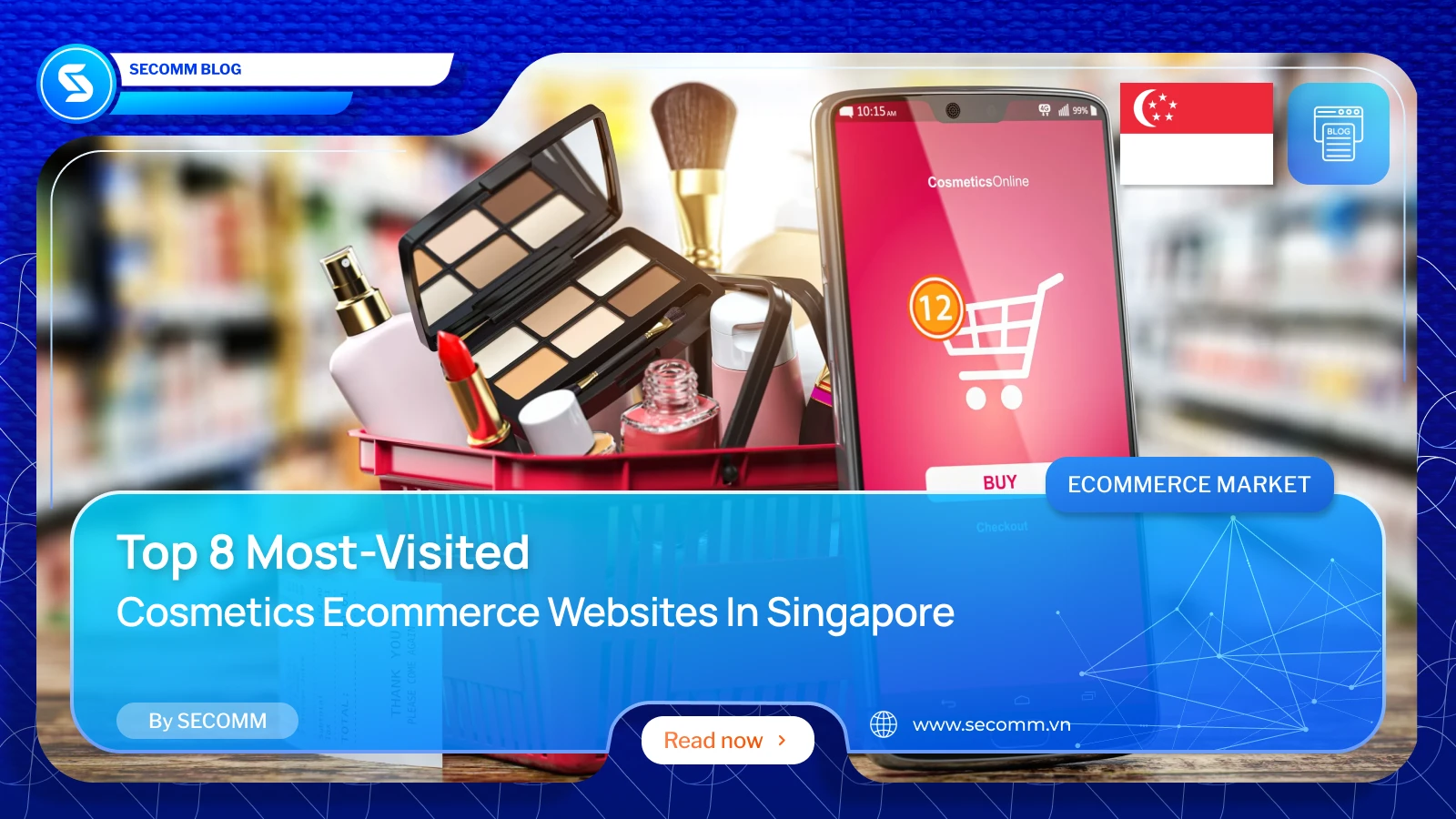
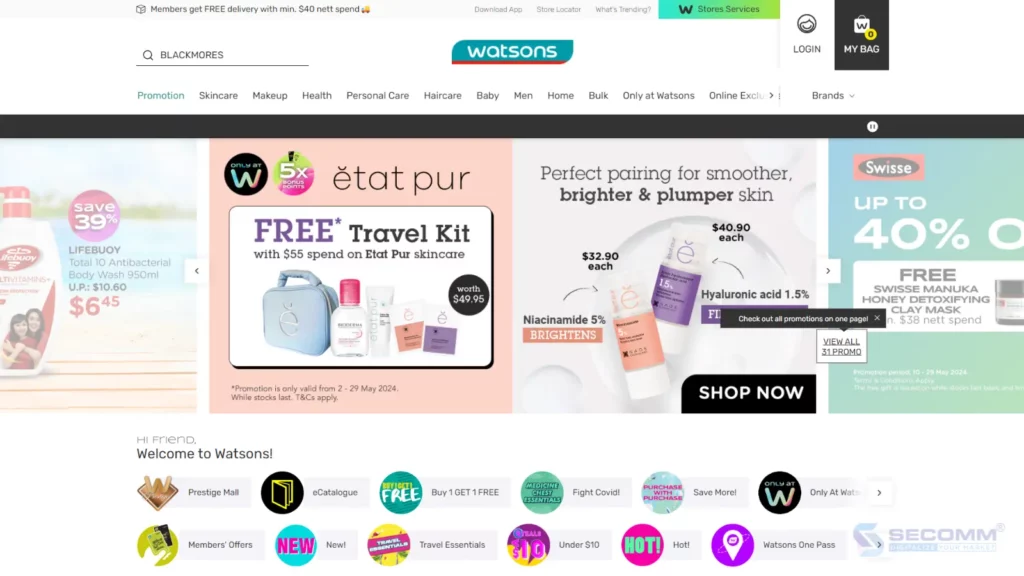
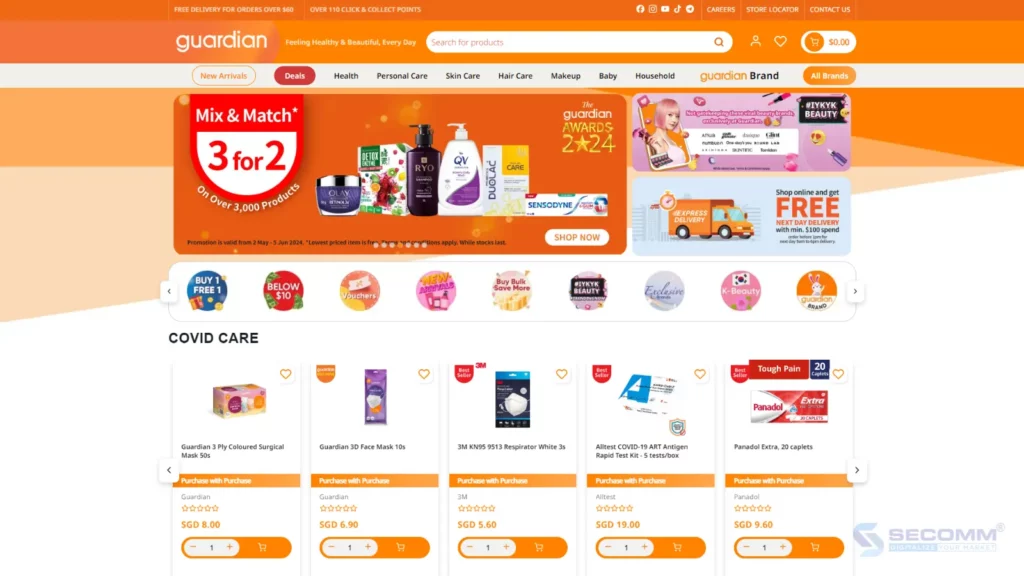

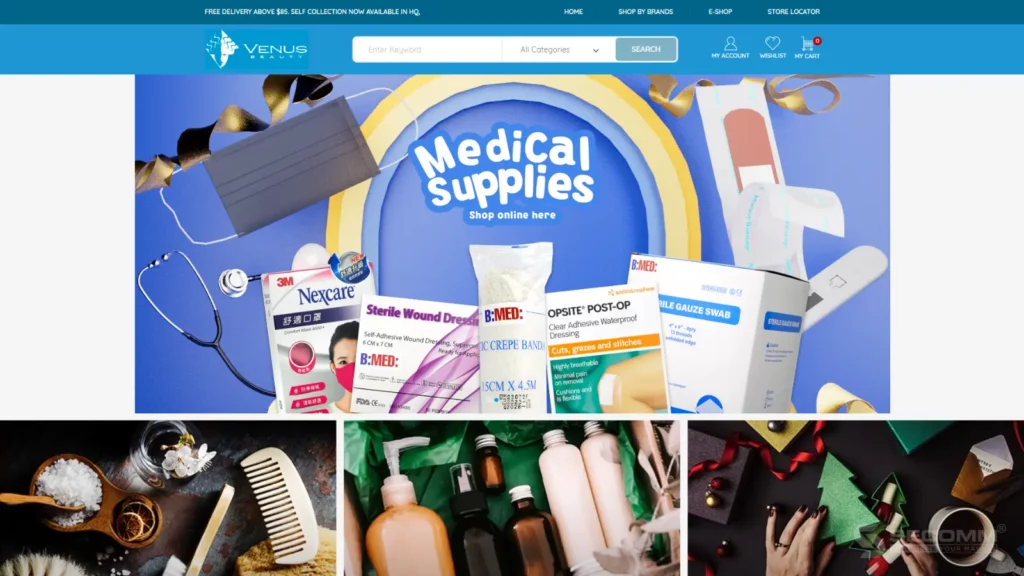



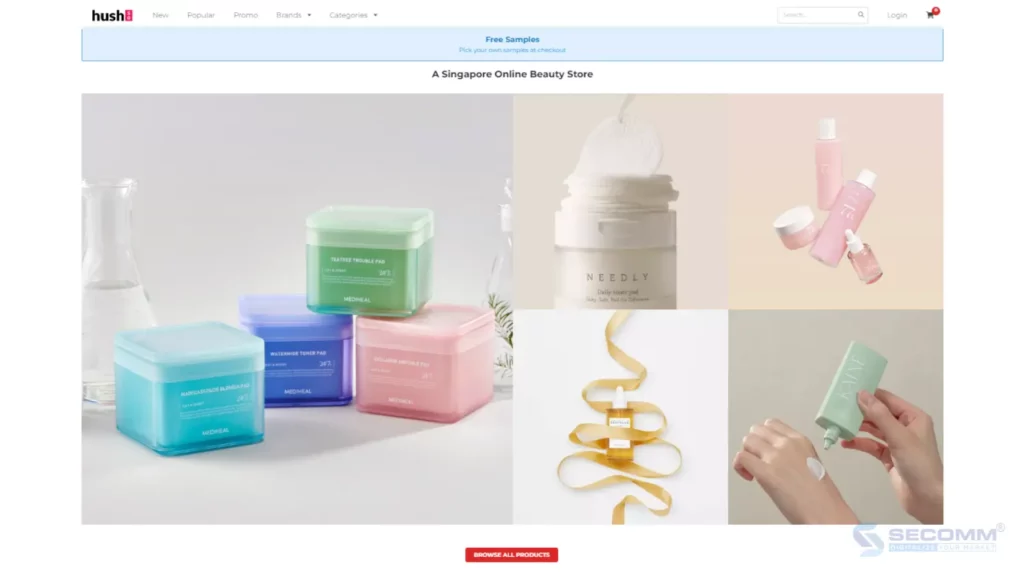

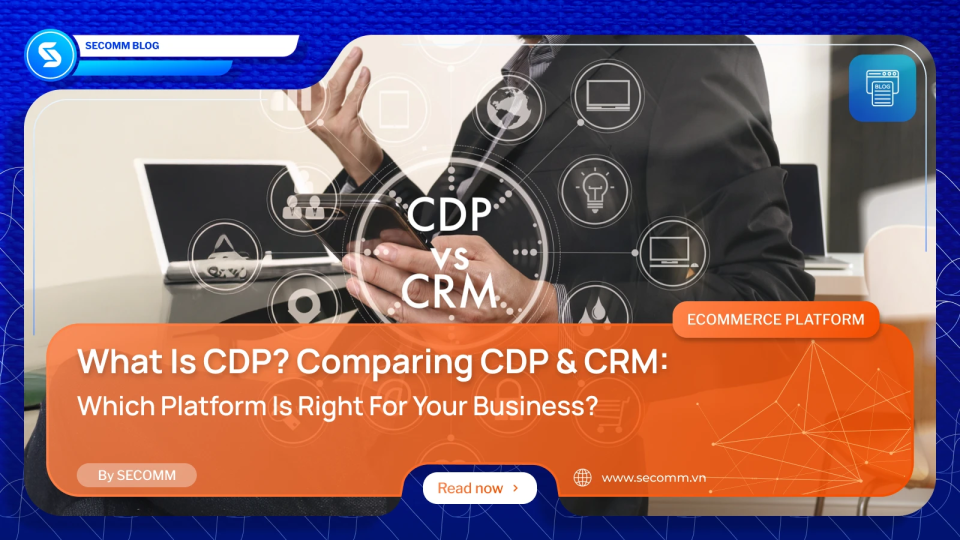
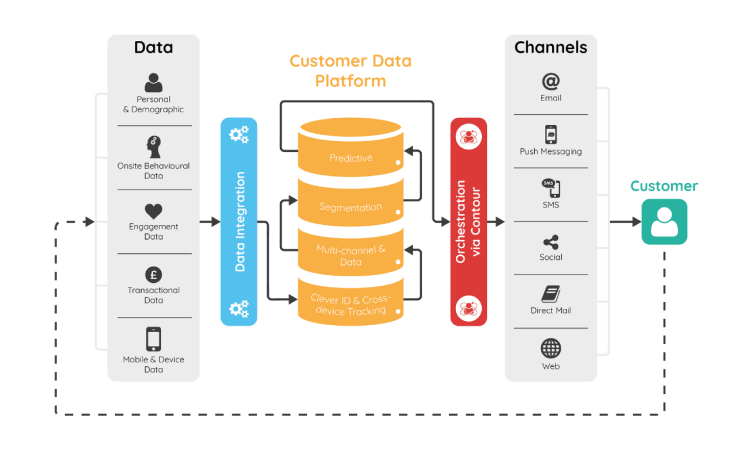
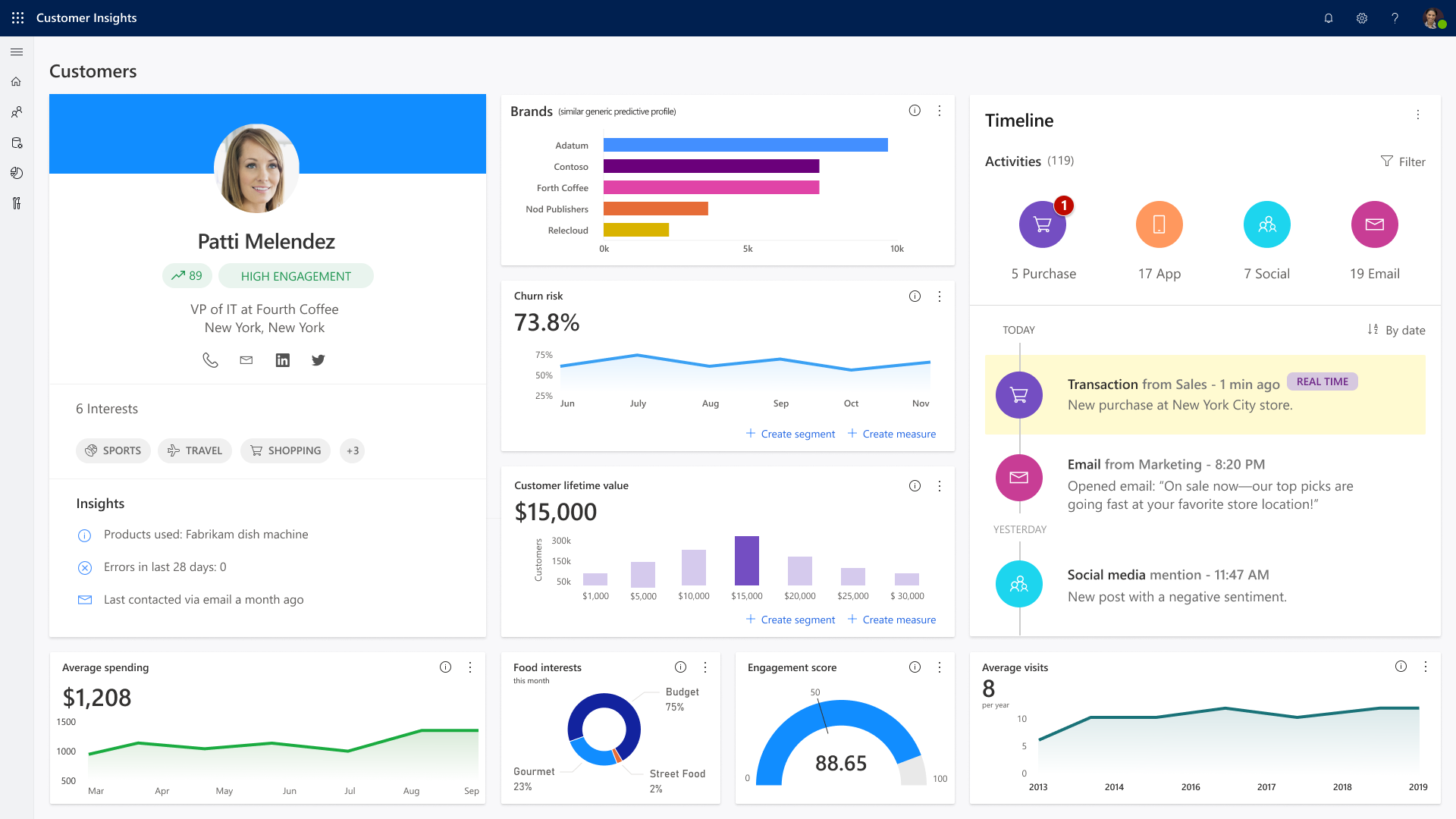
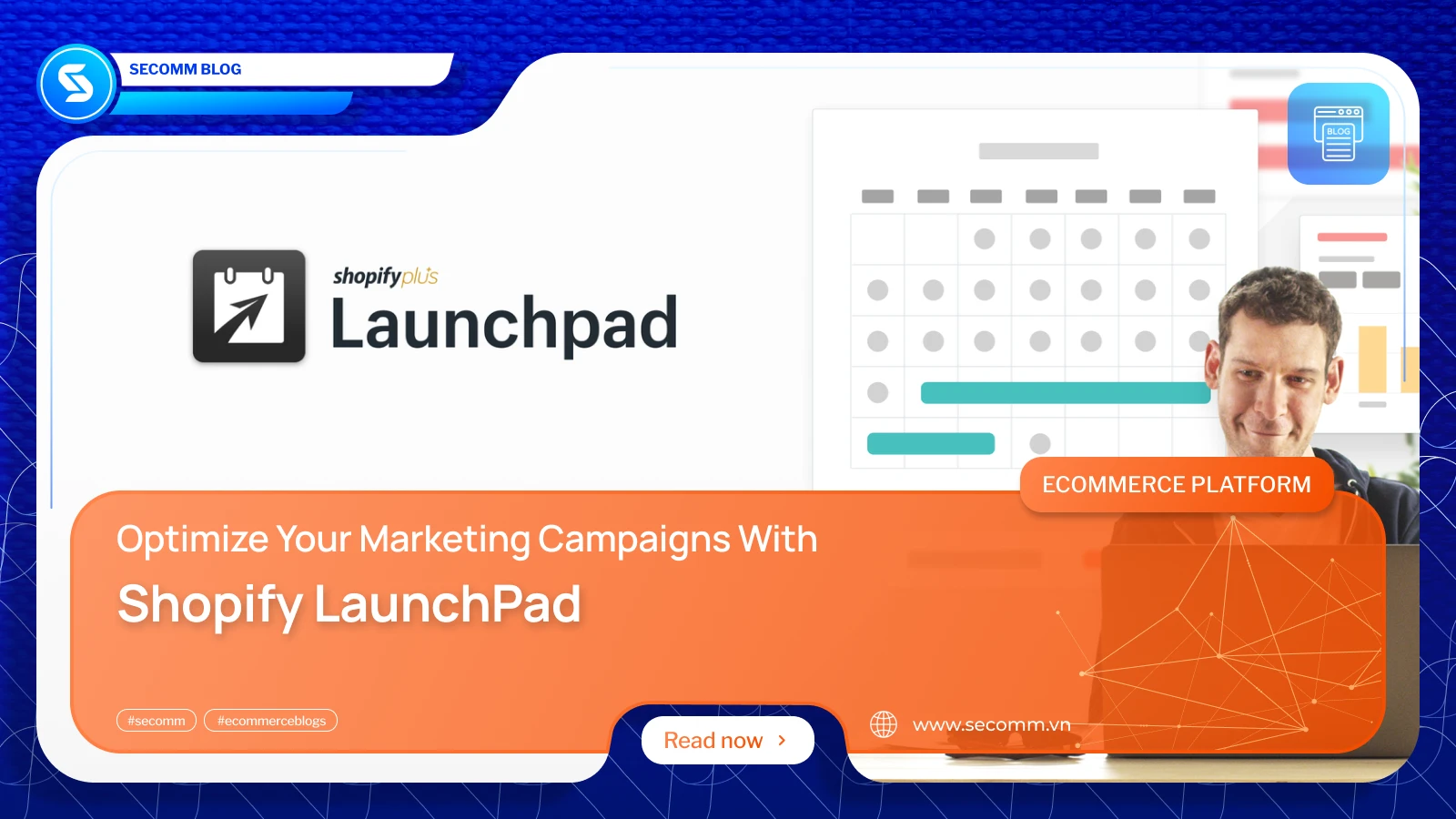

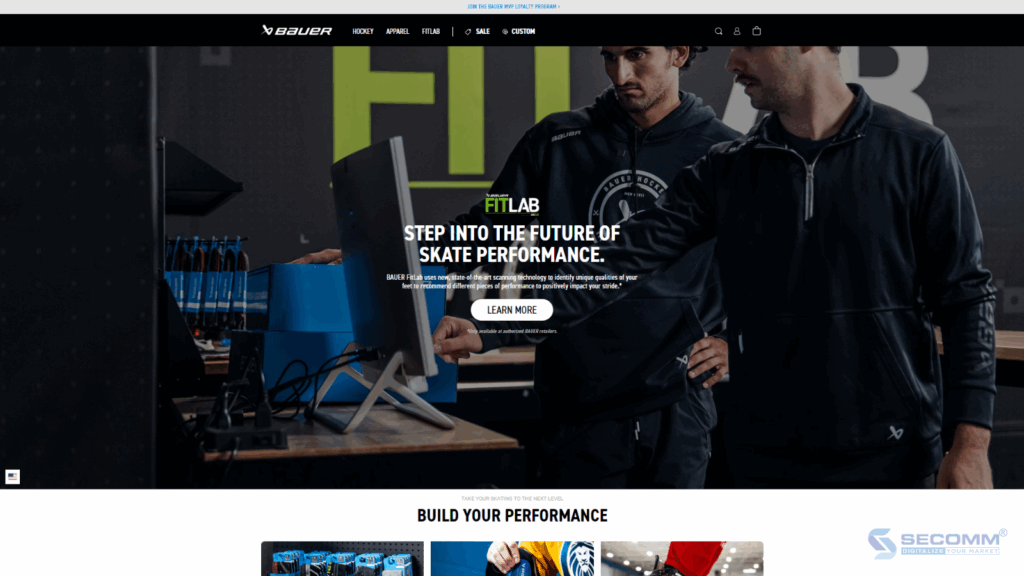

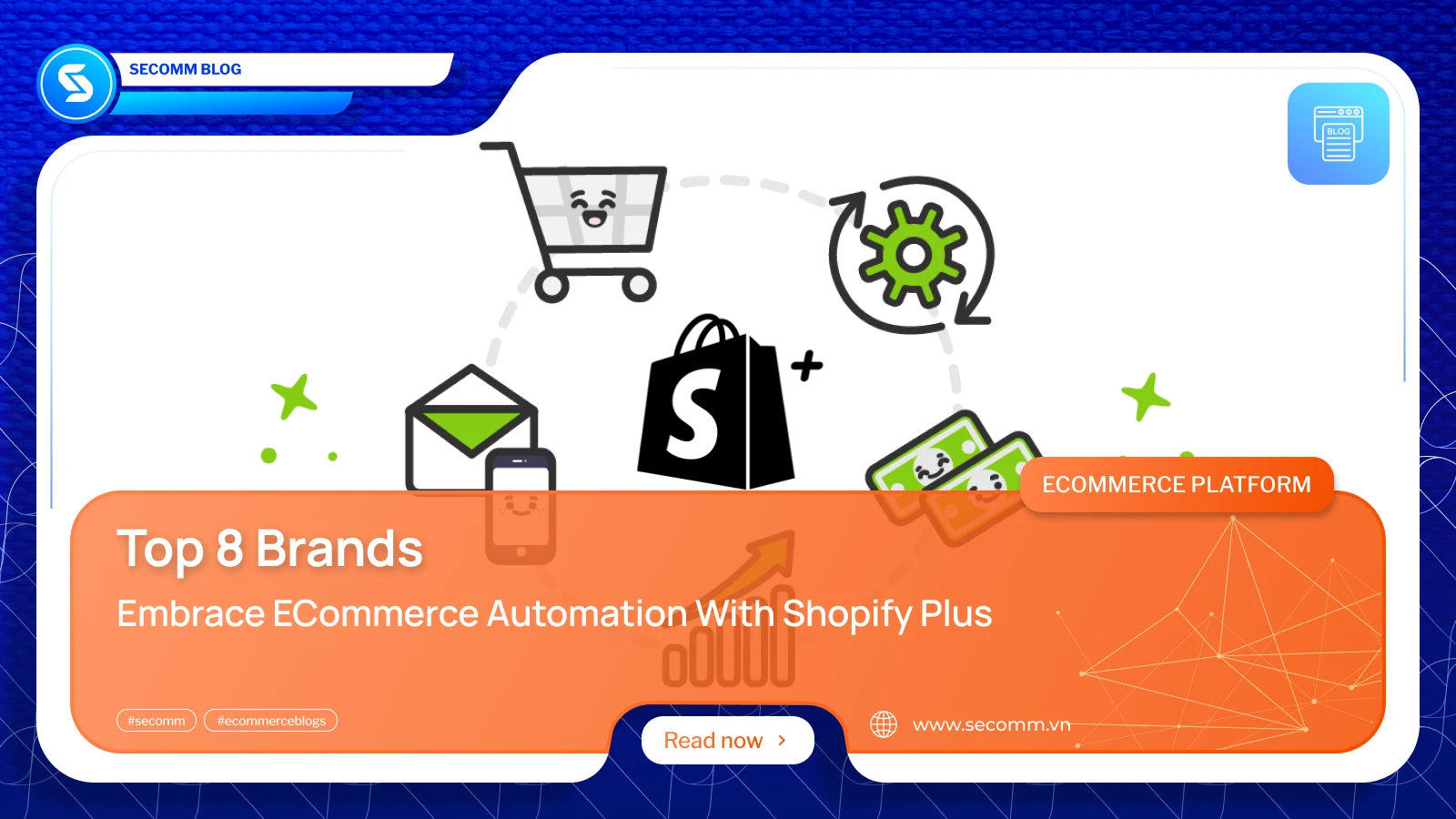




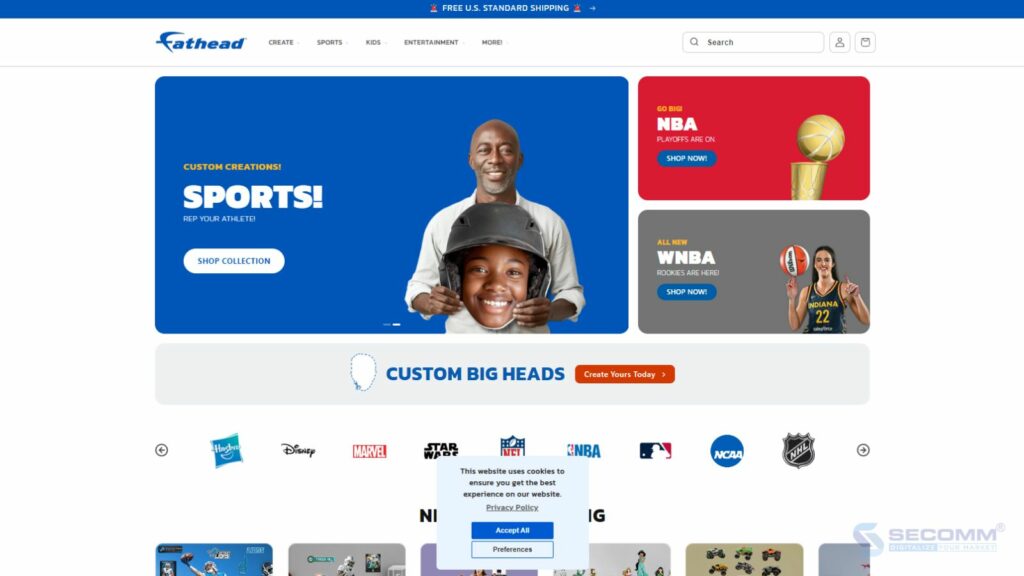
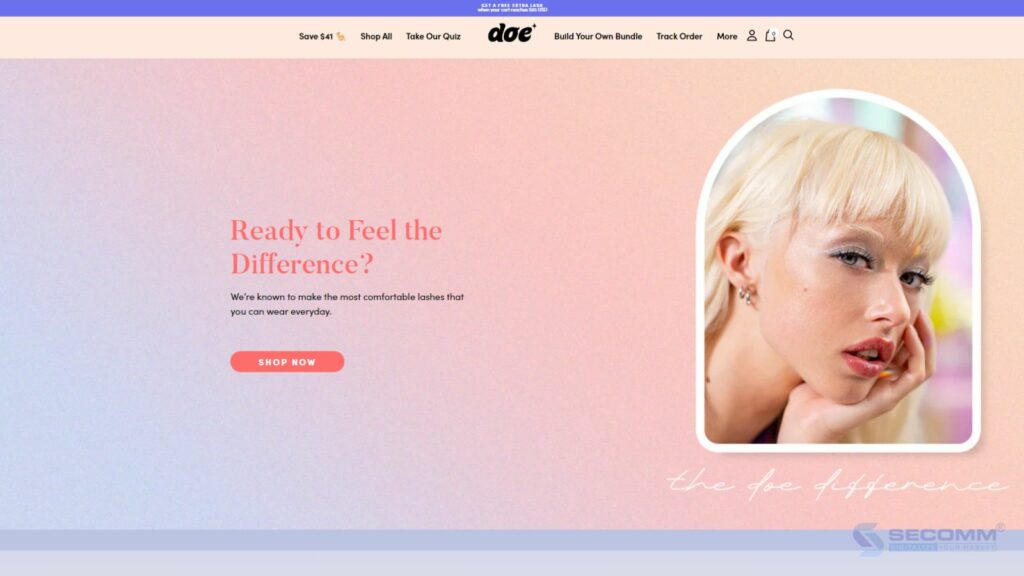




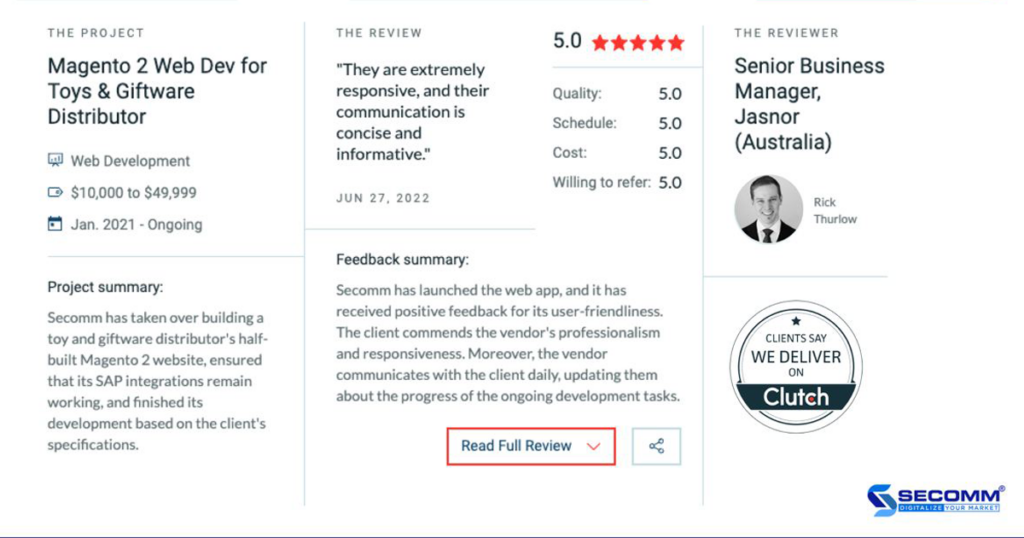
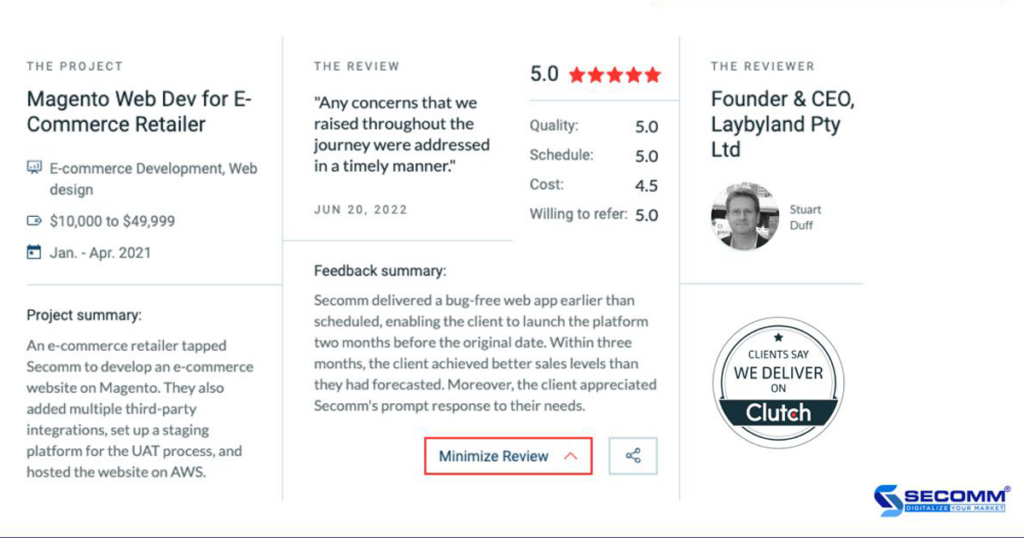

















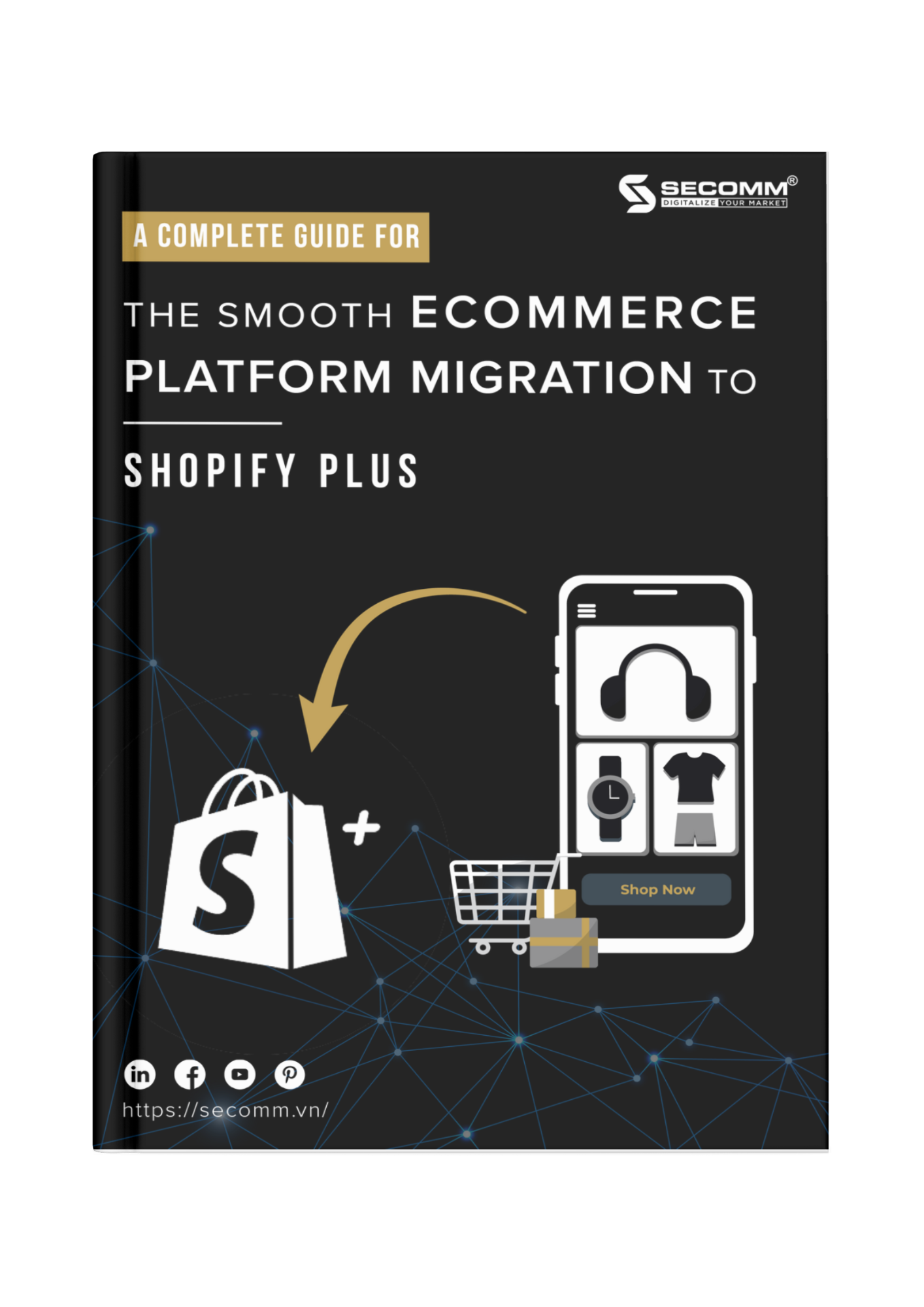



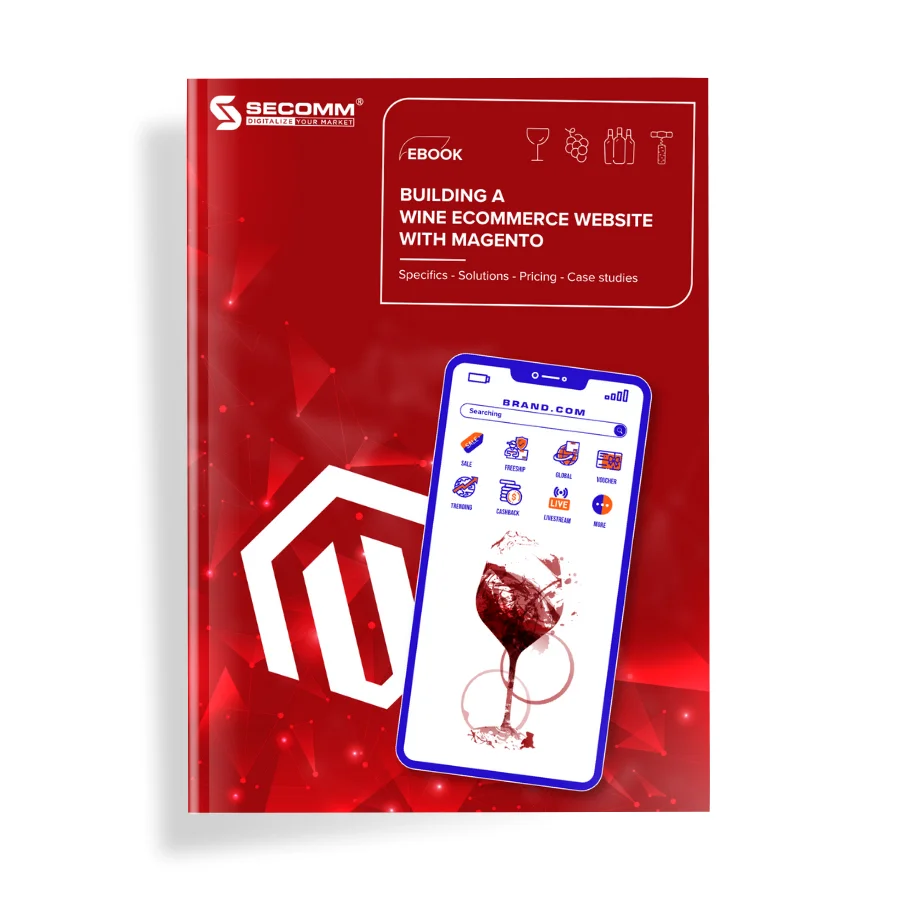
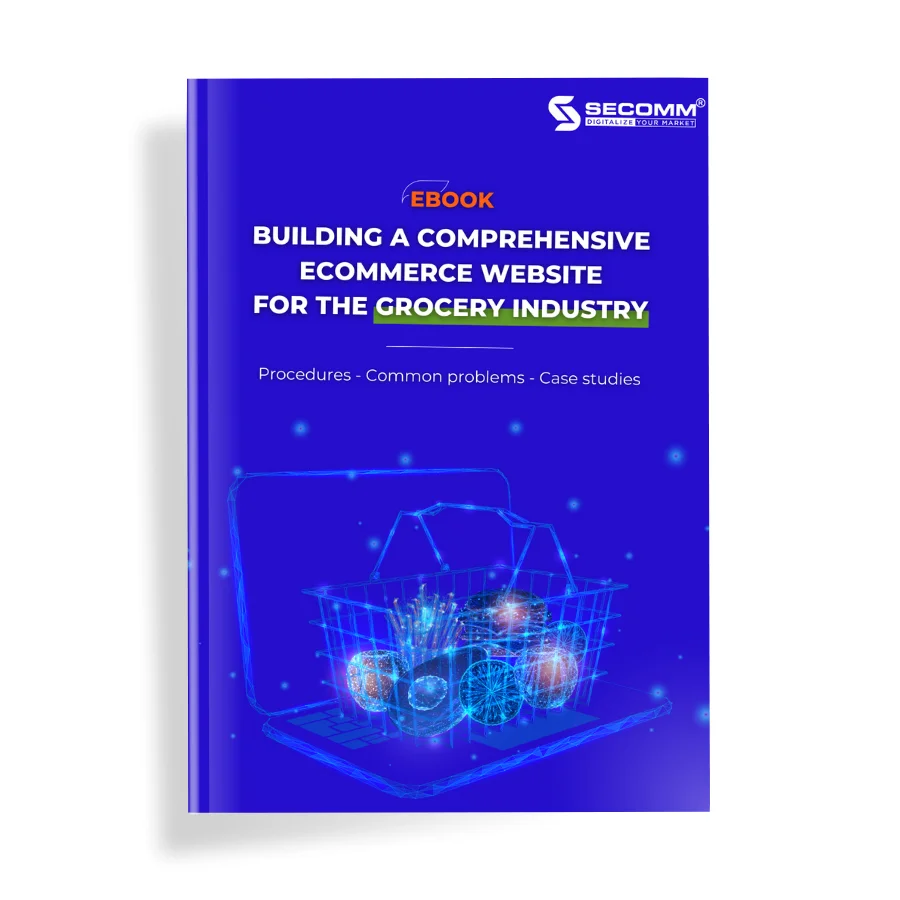
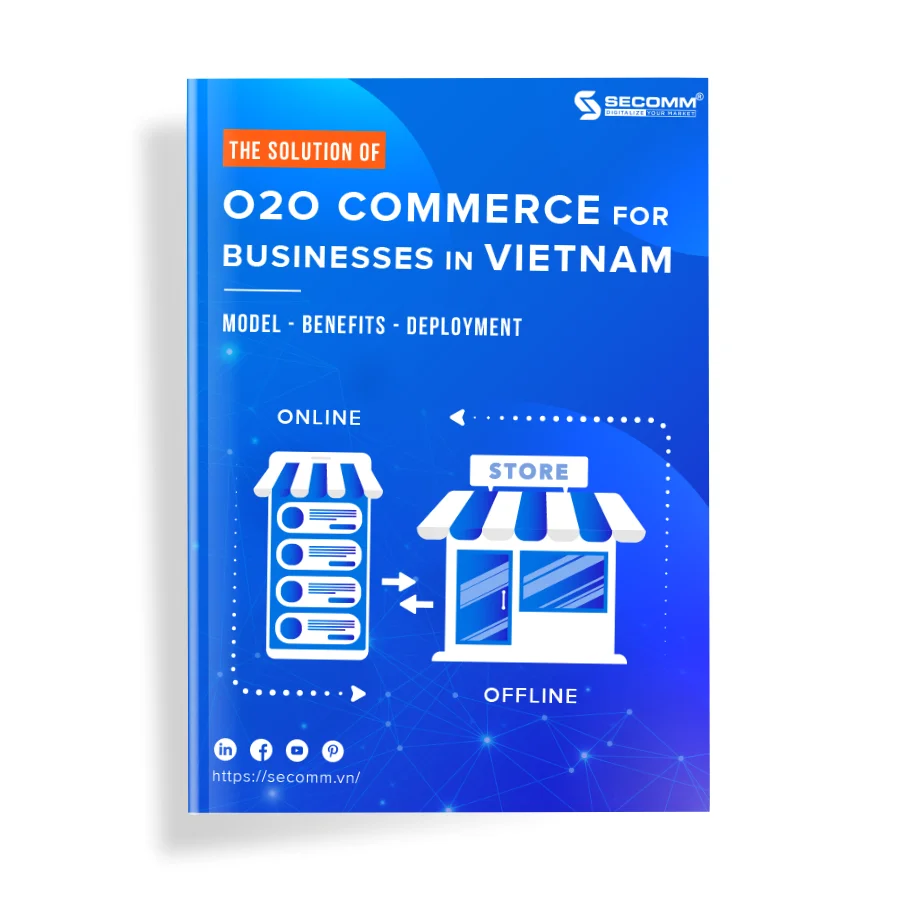
Bài viết hướng dẫn chi tiết những bước cần thiết để tạo ra một trang web thương mại điện tử chuyên nghiệp. Những mẹo này rất hữu ích cho những ai muốn khởi nghiệp và thu hút khách hàng hiệu quả.